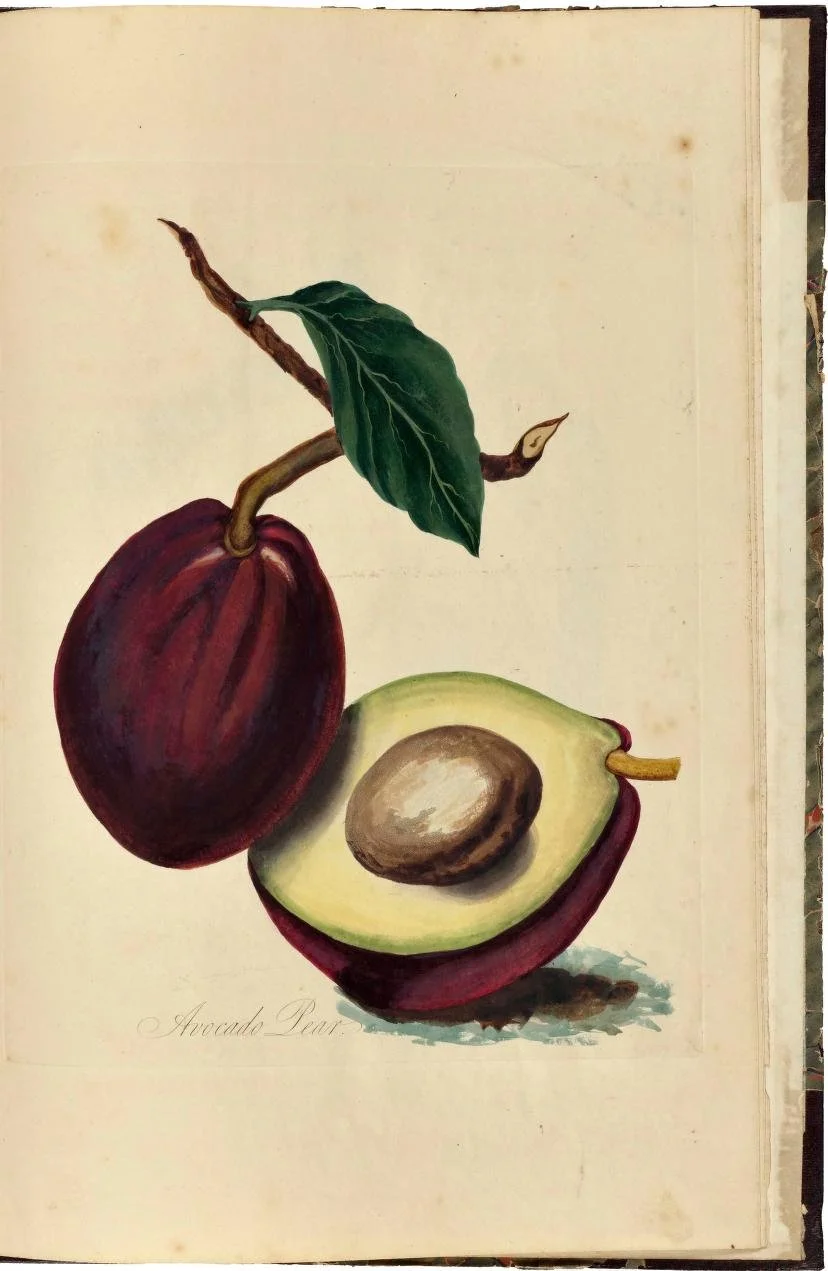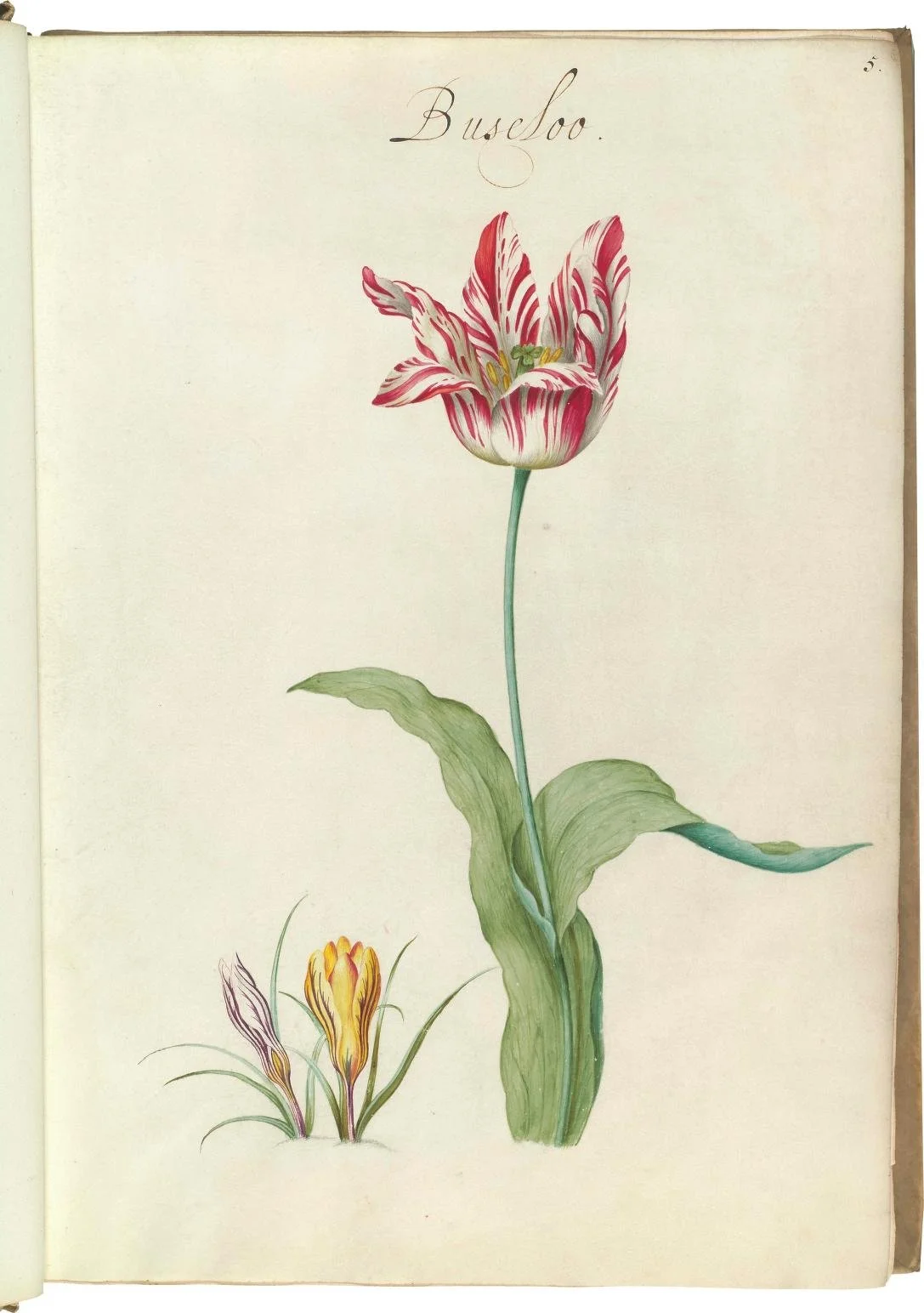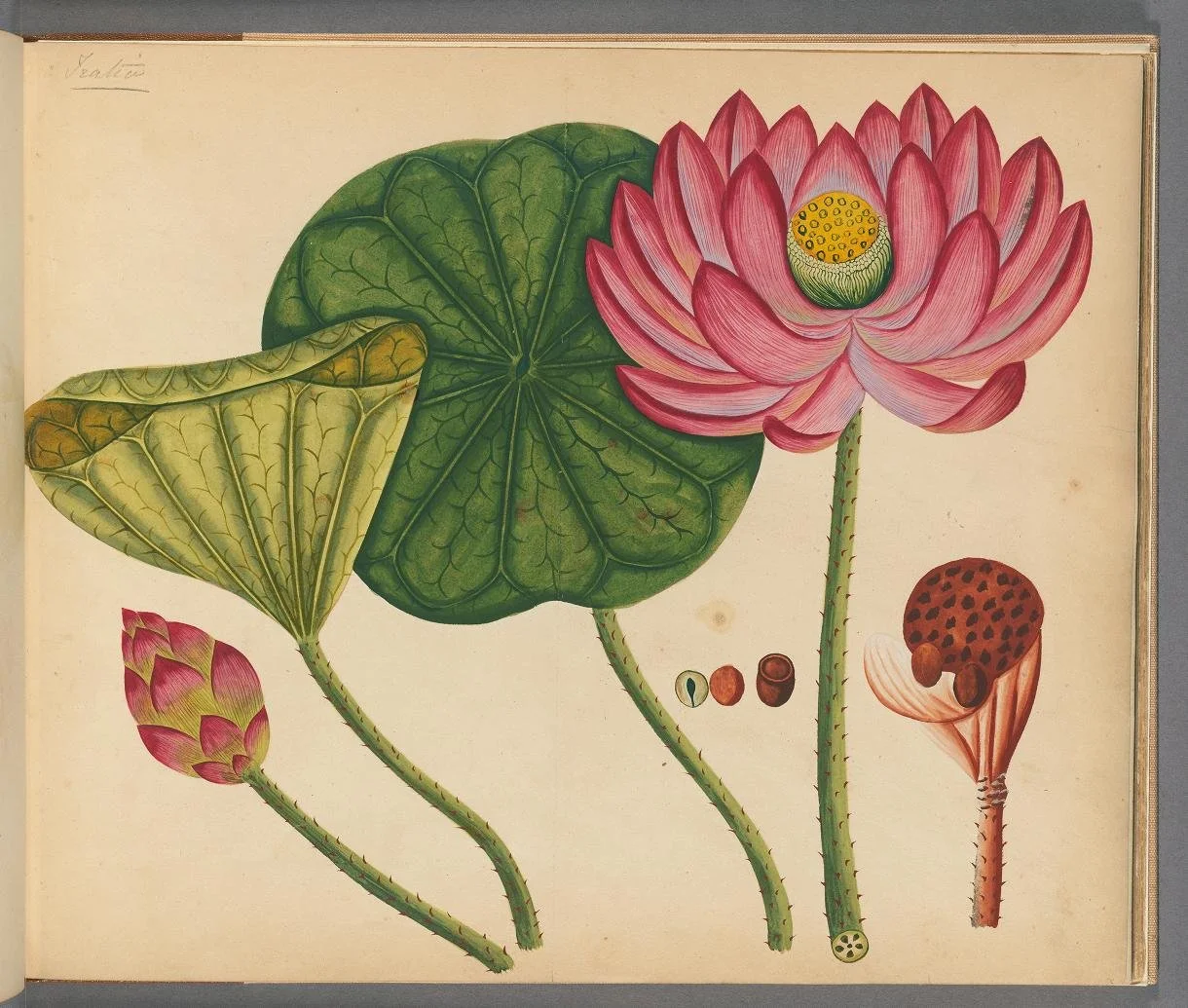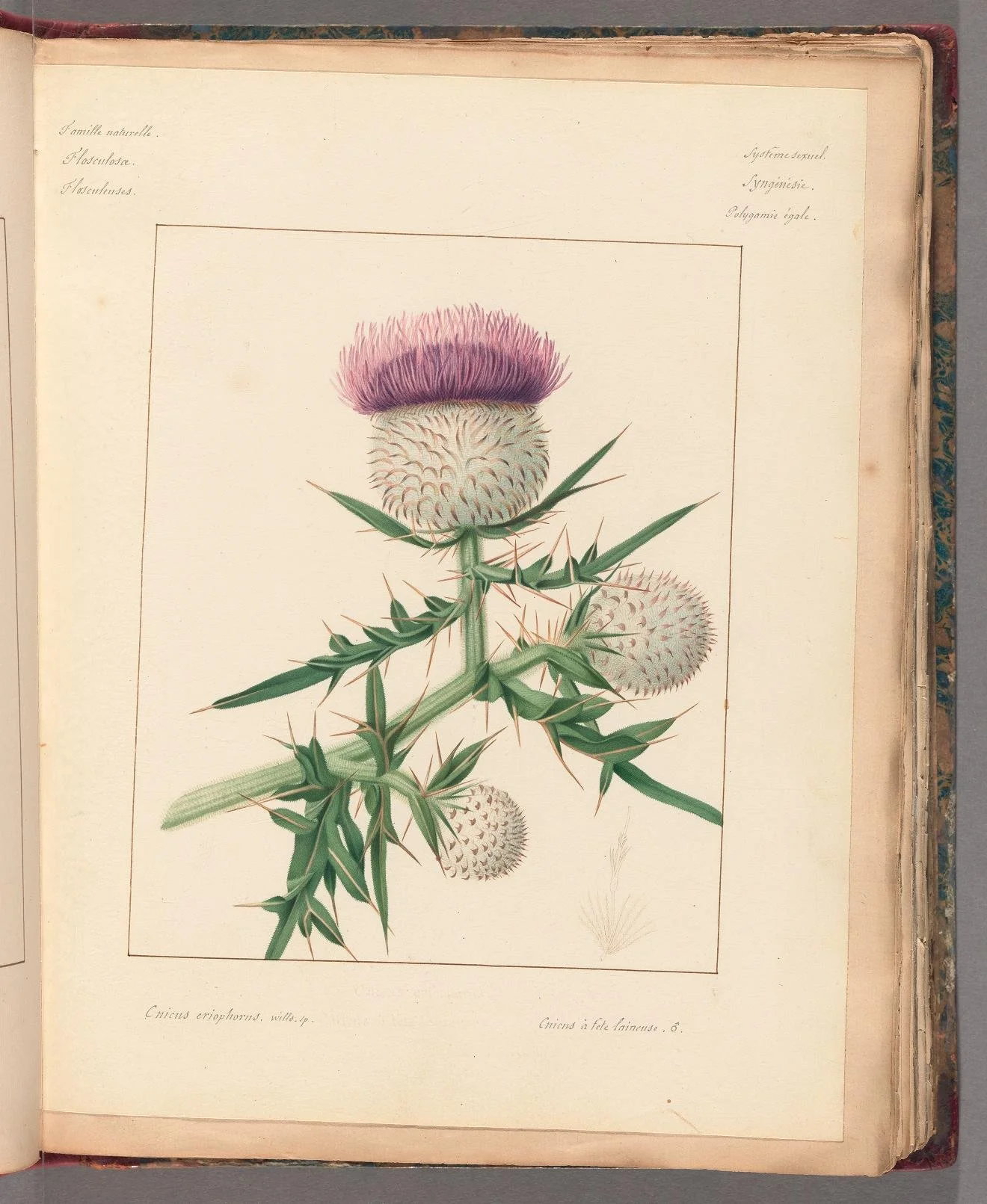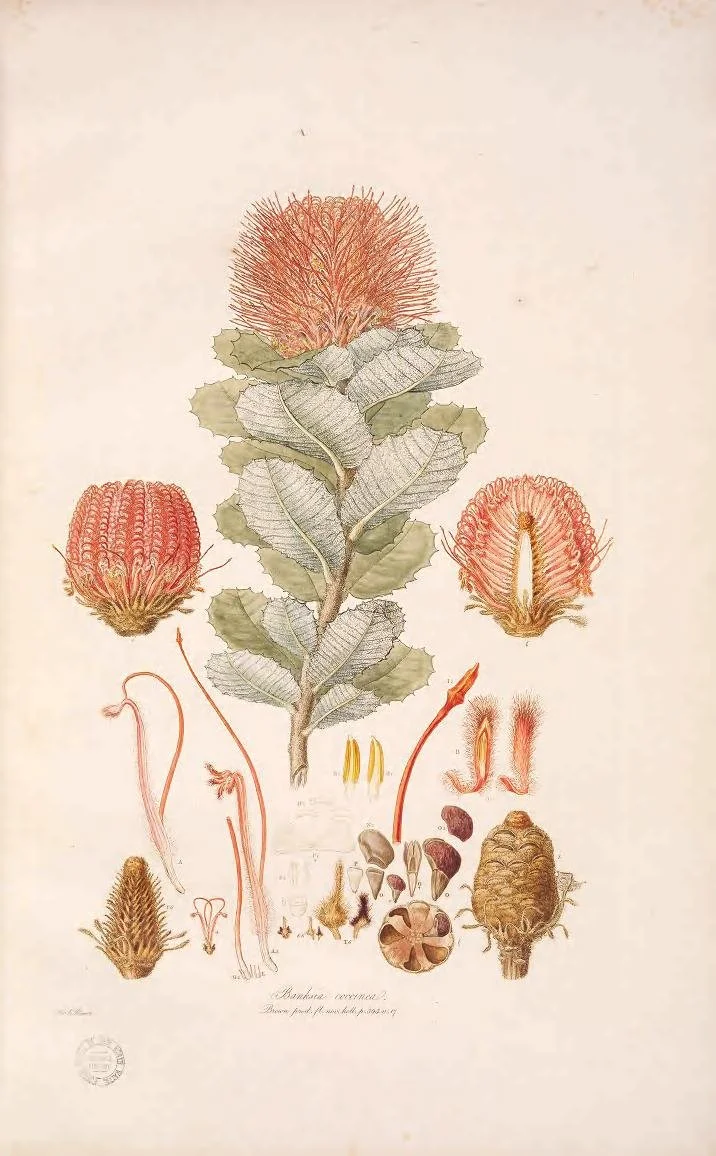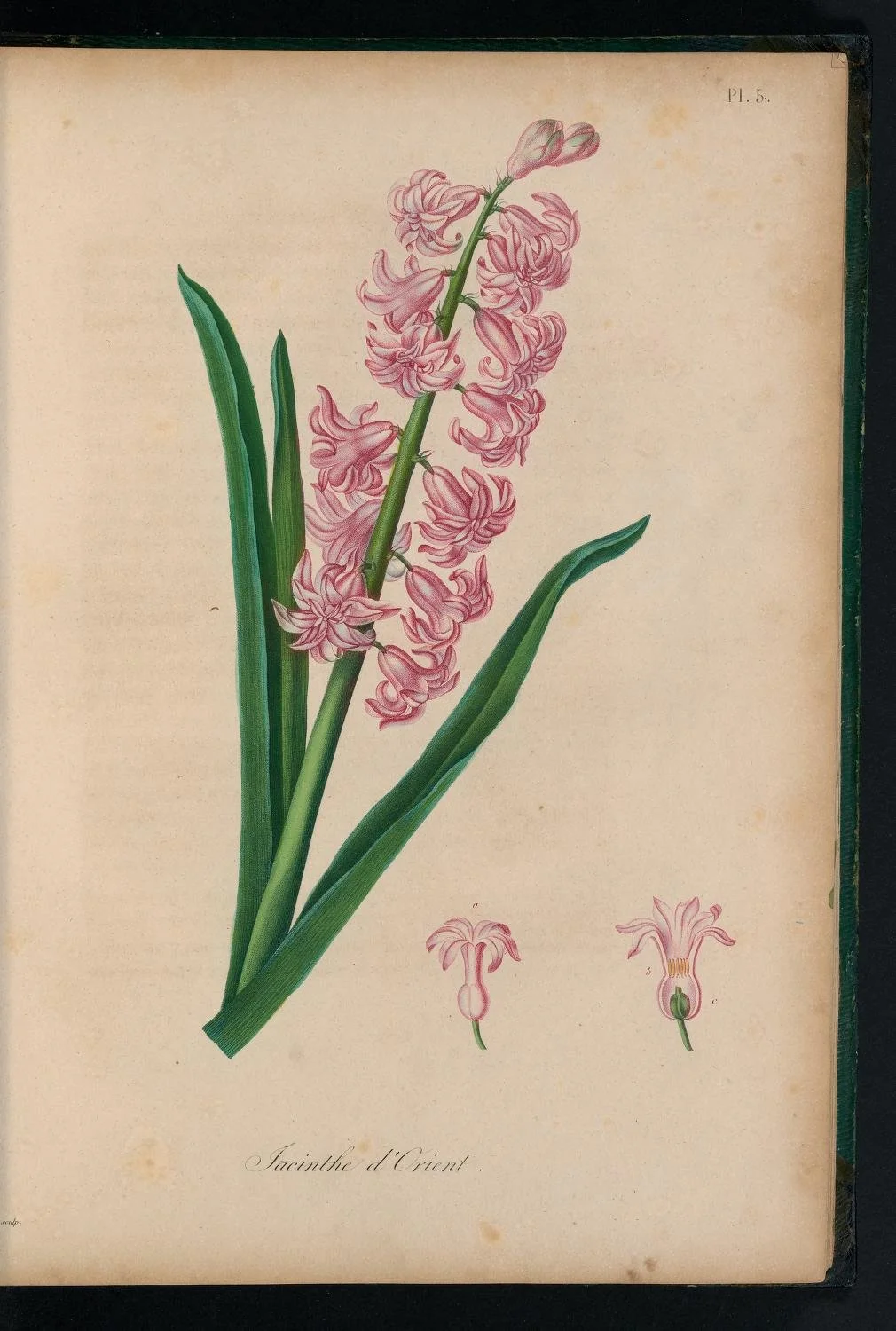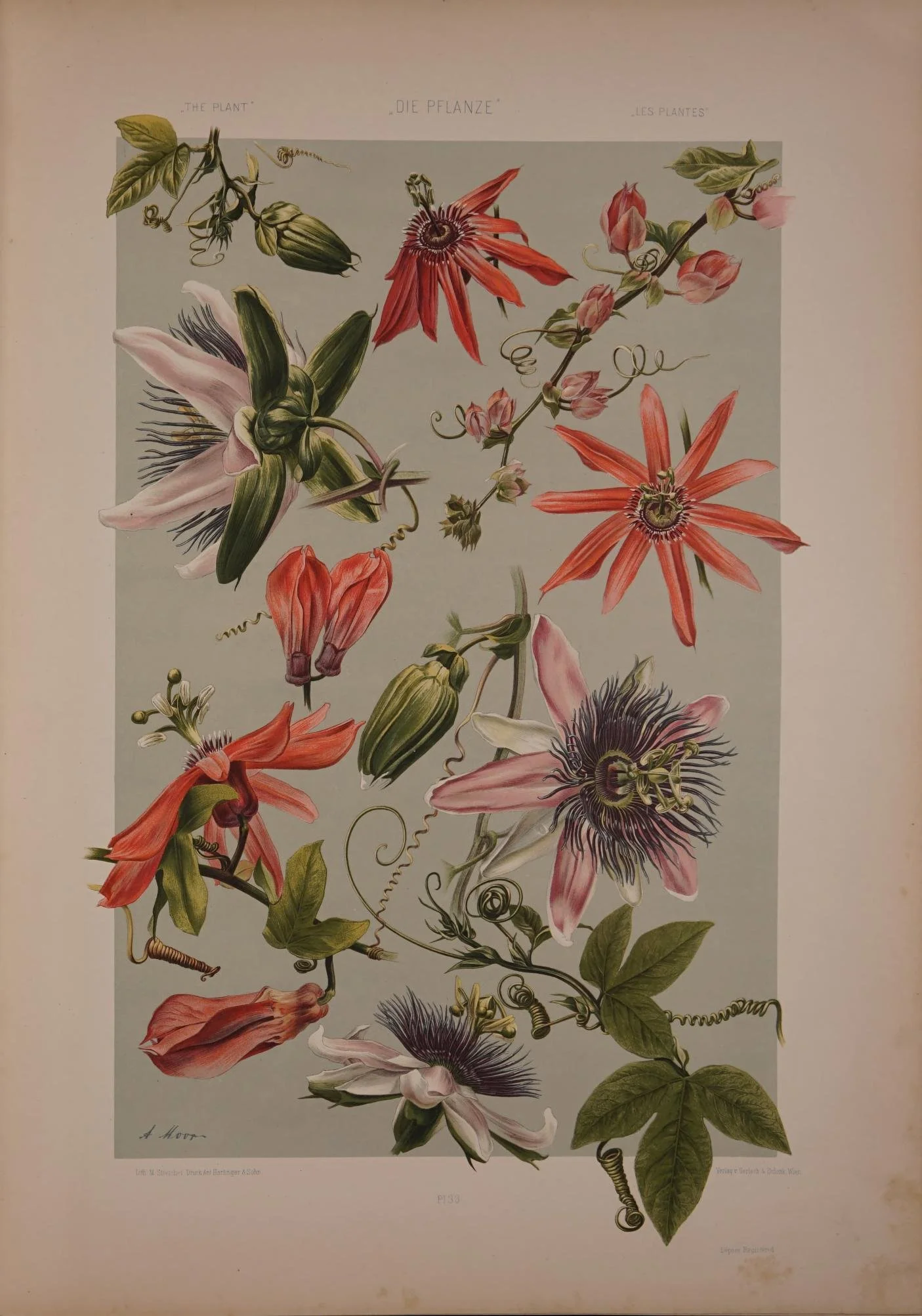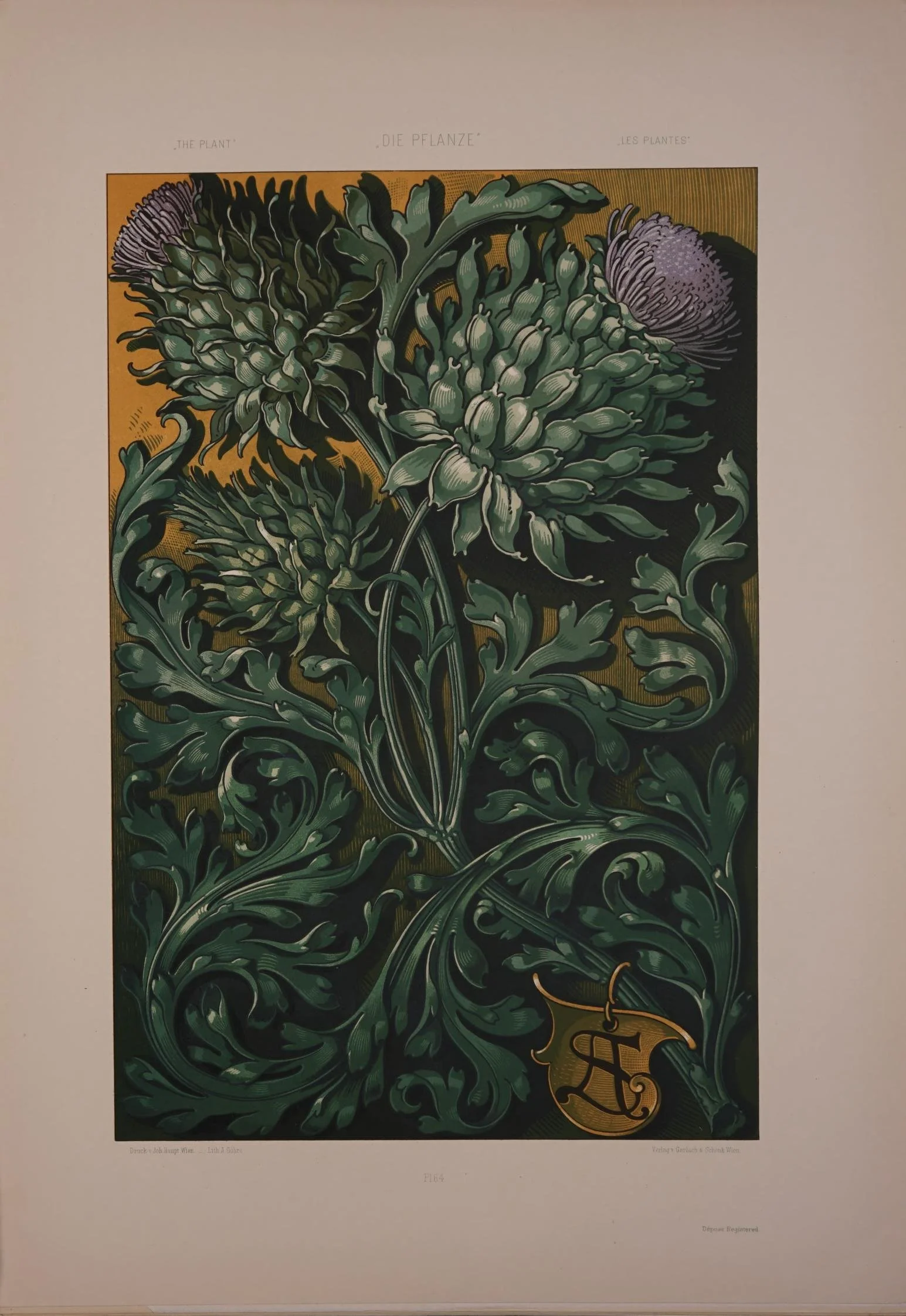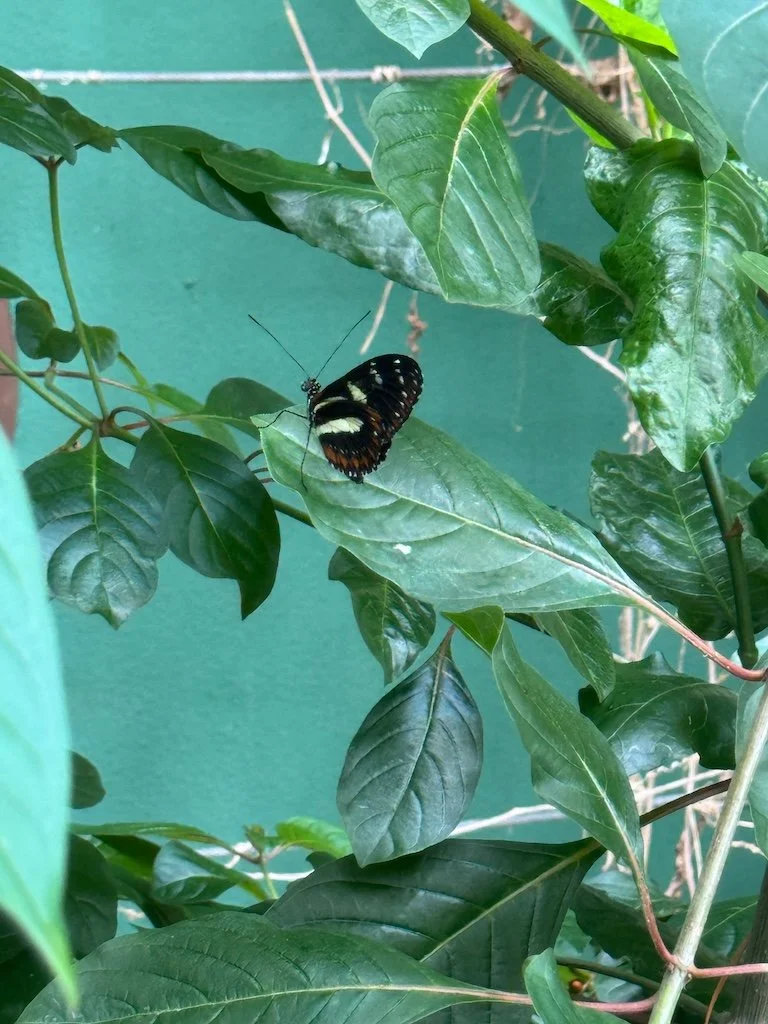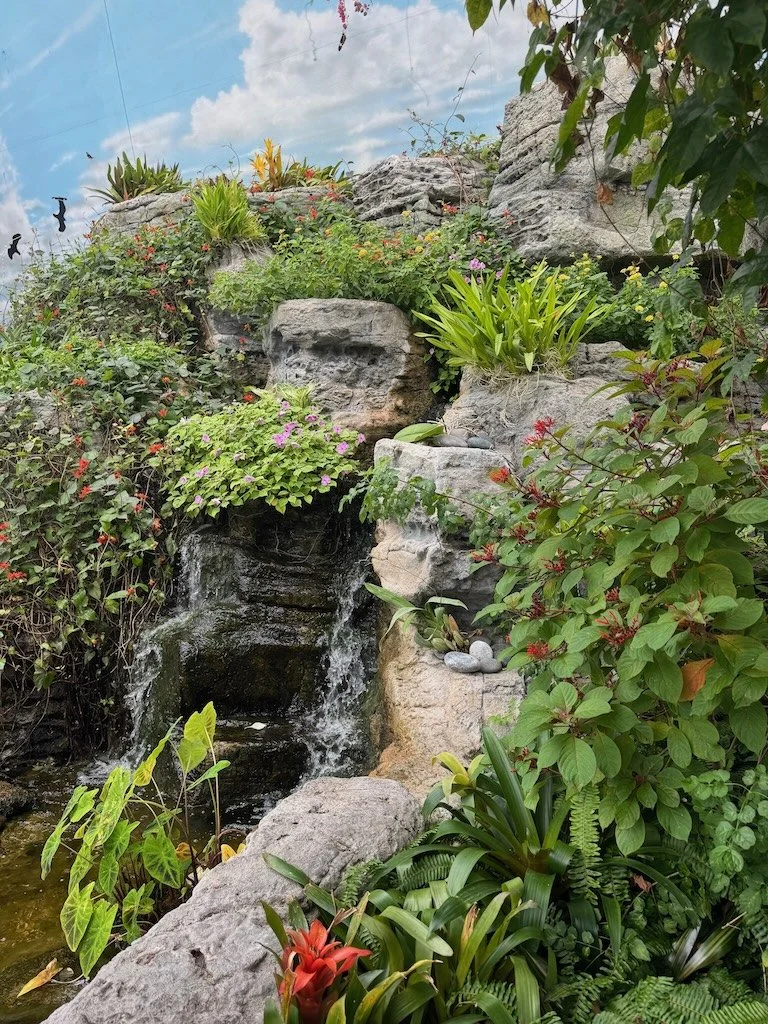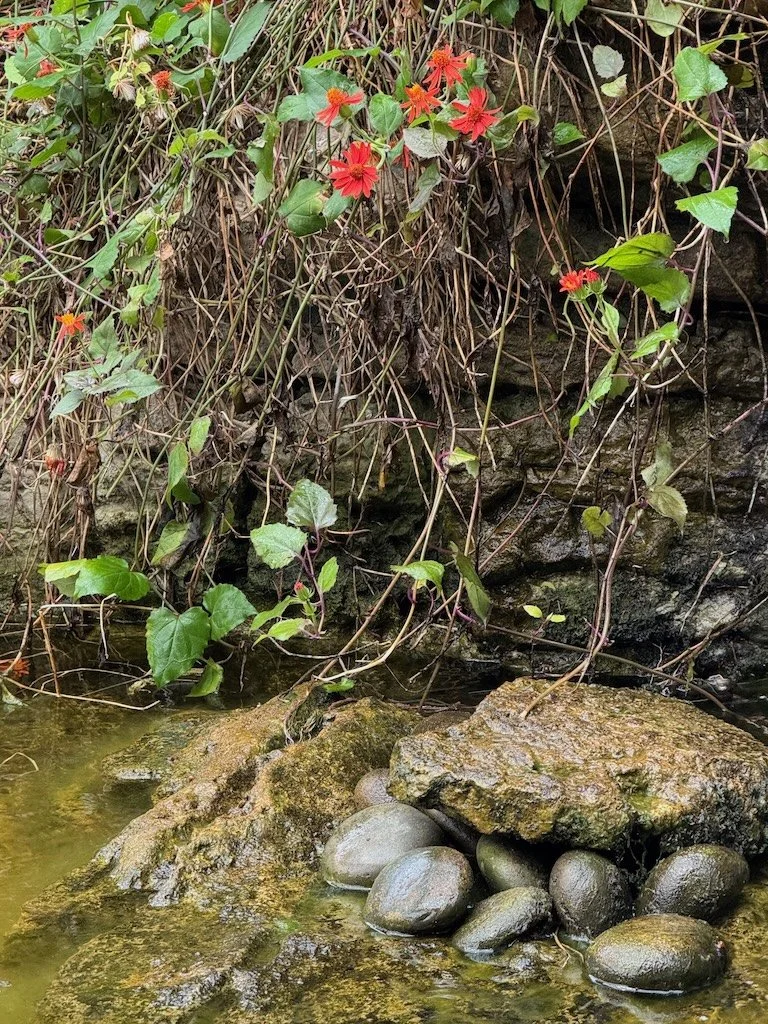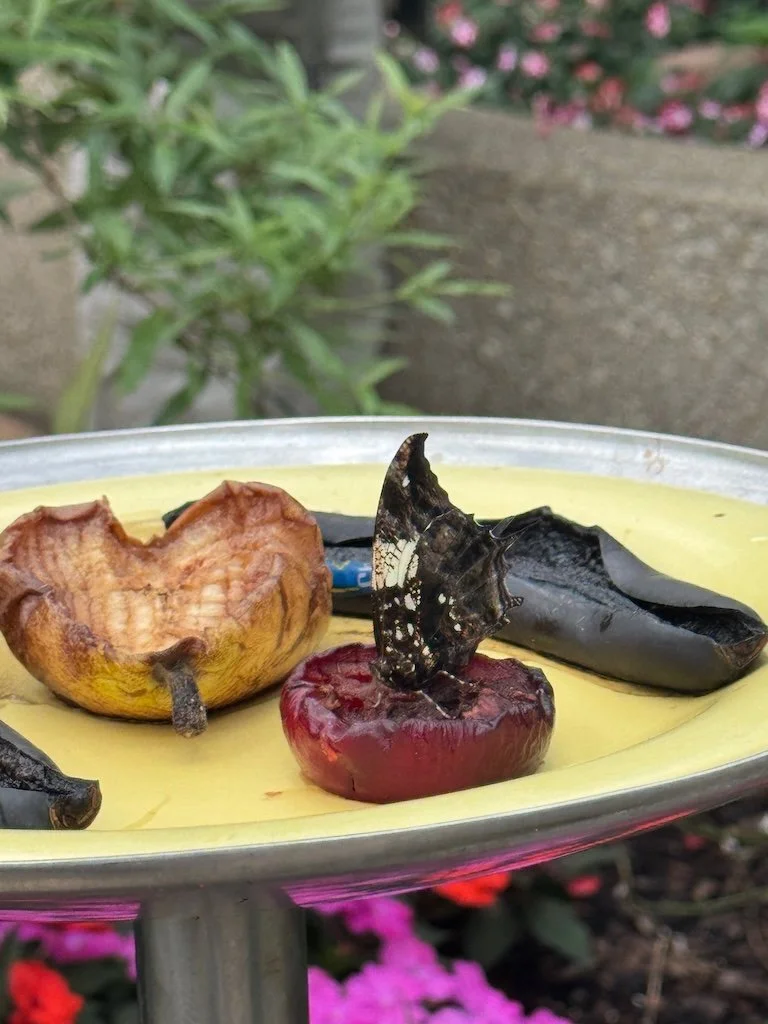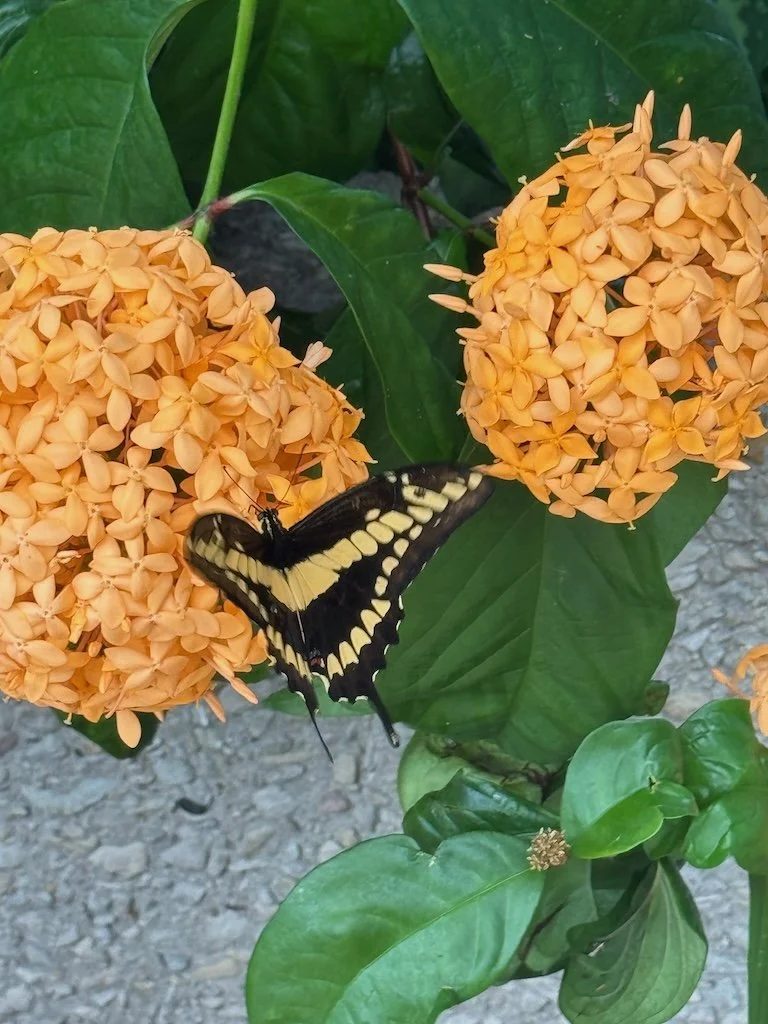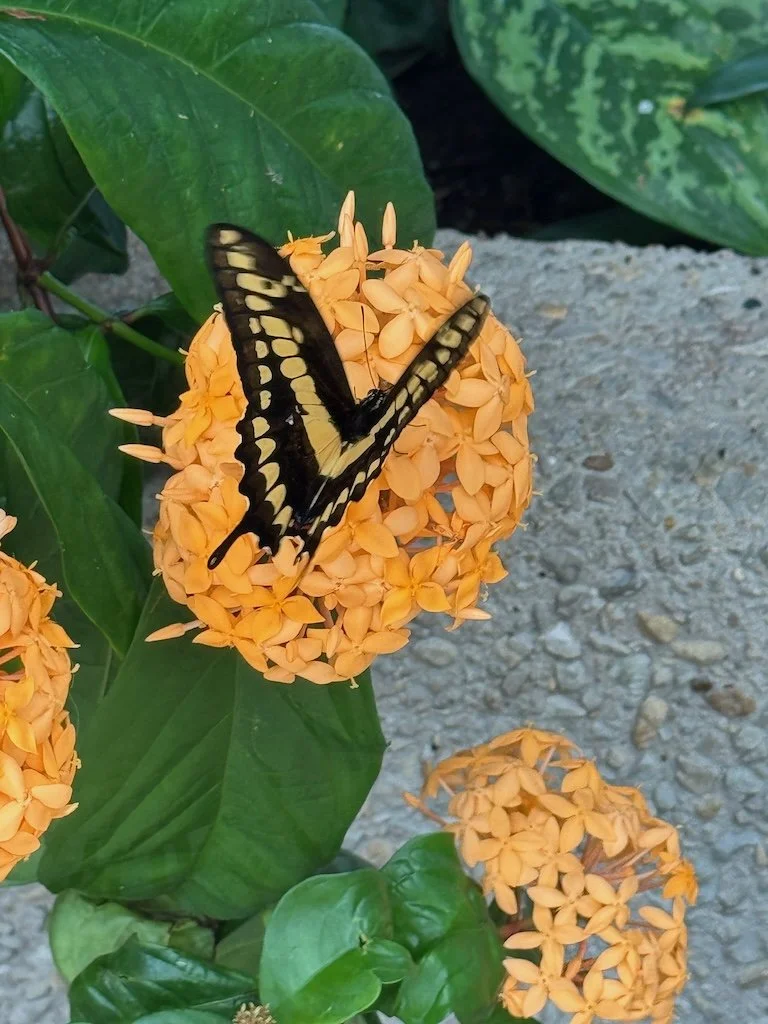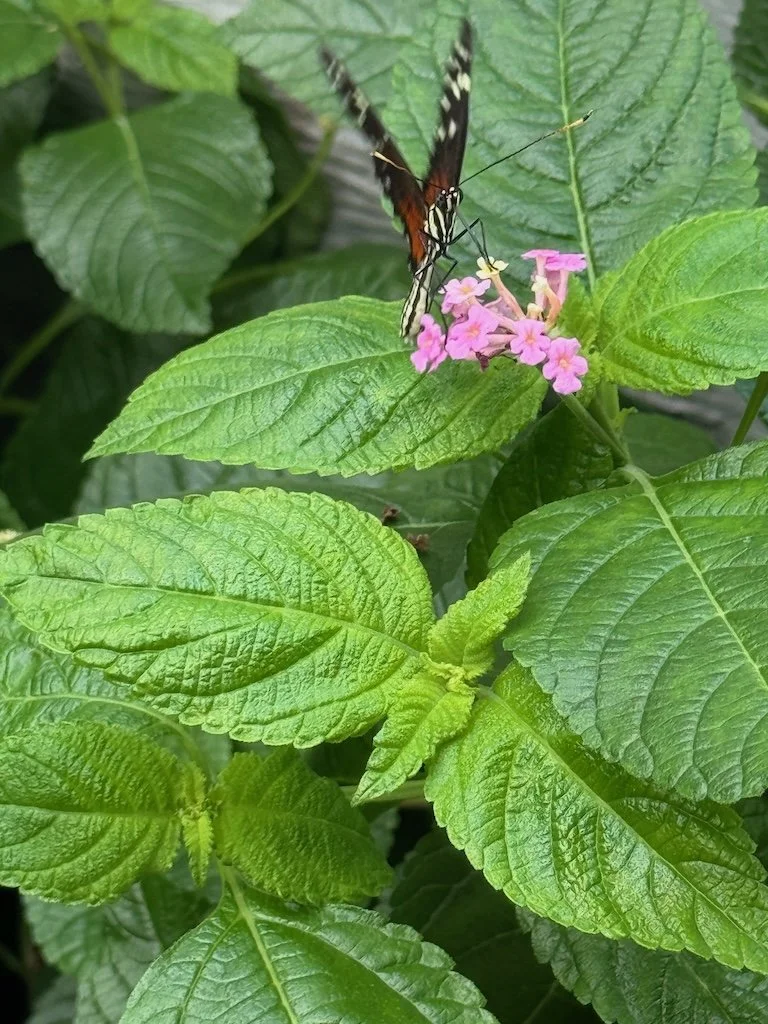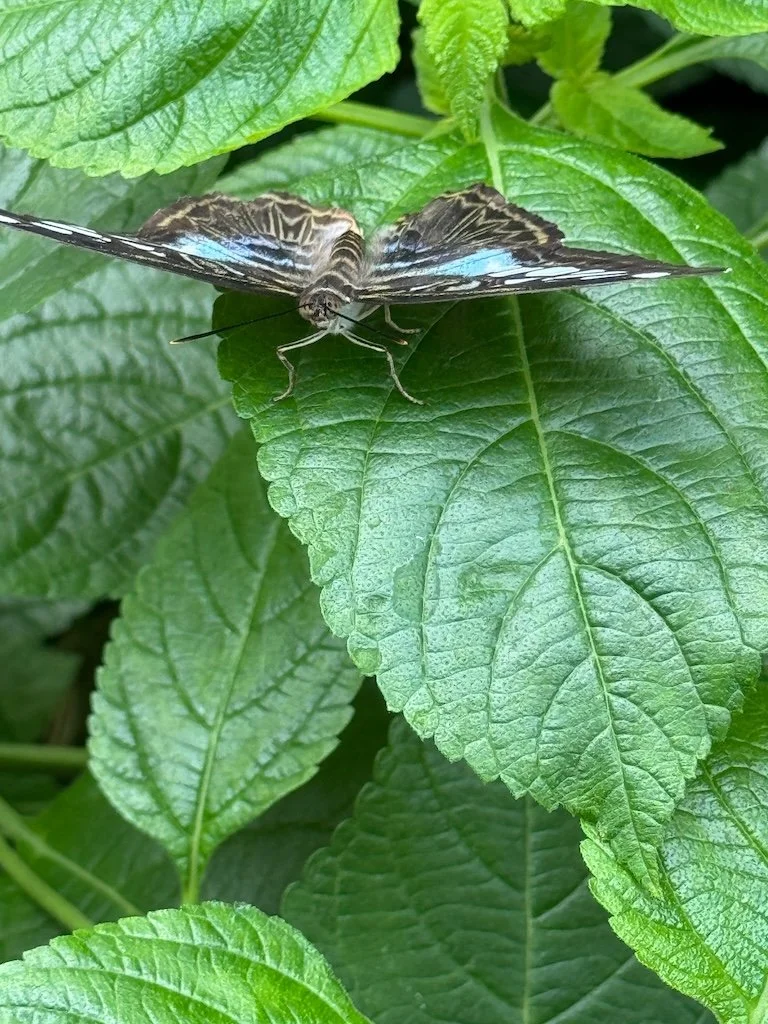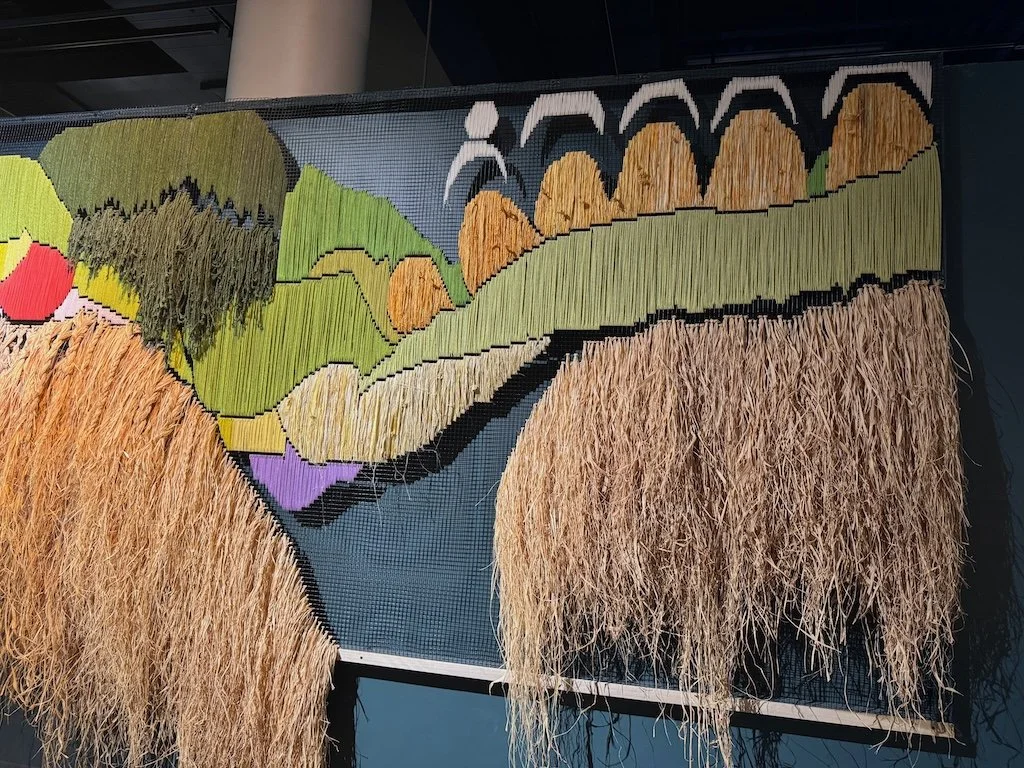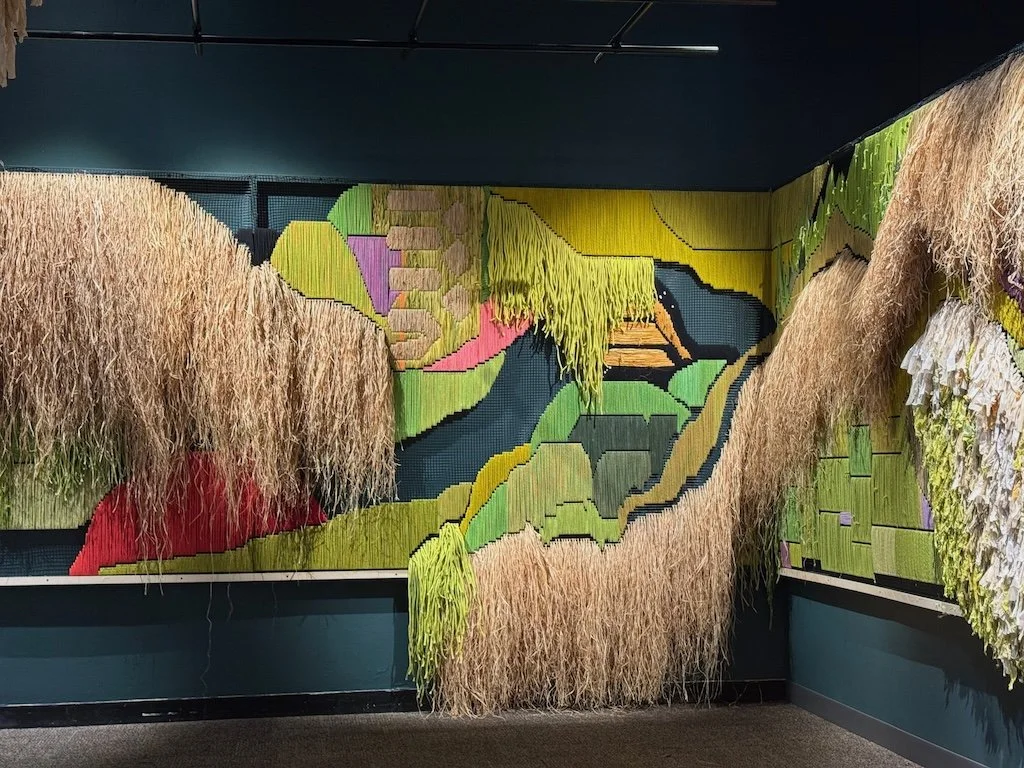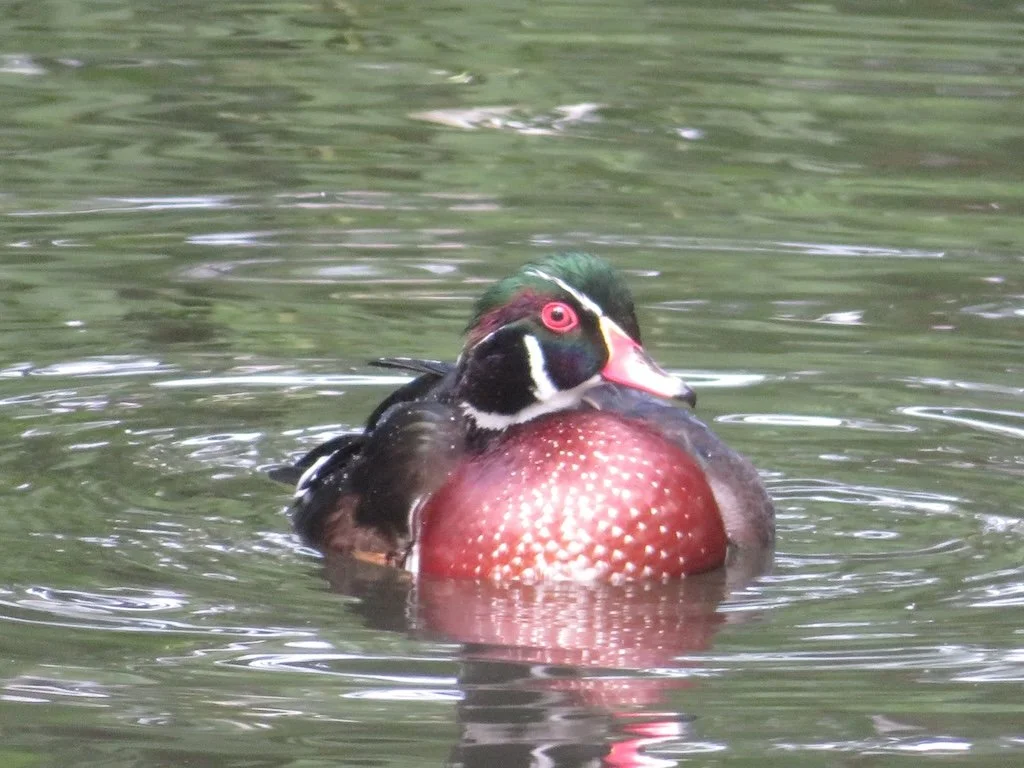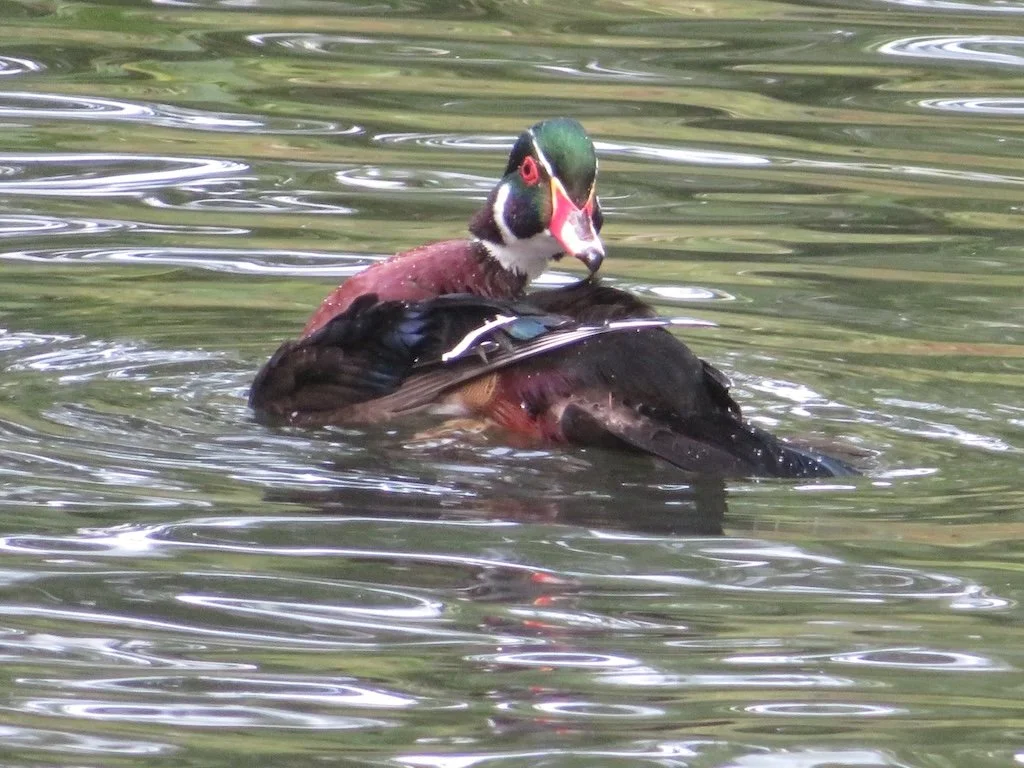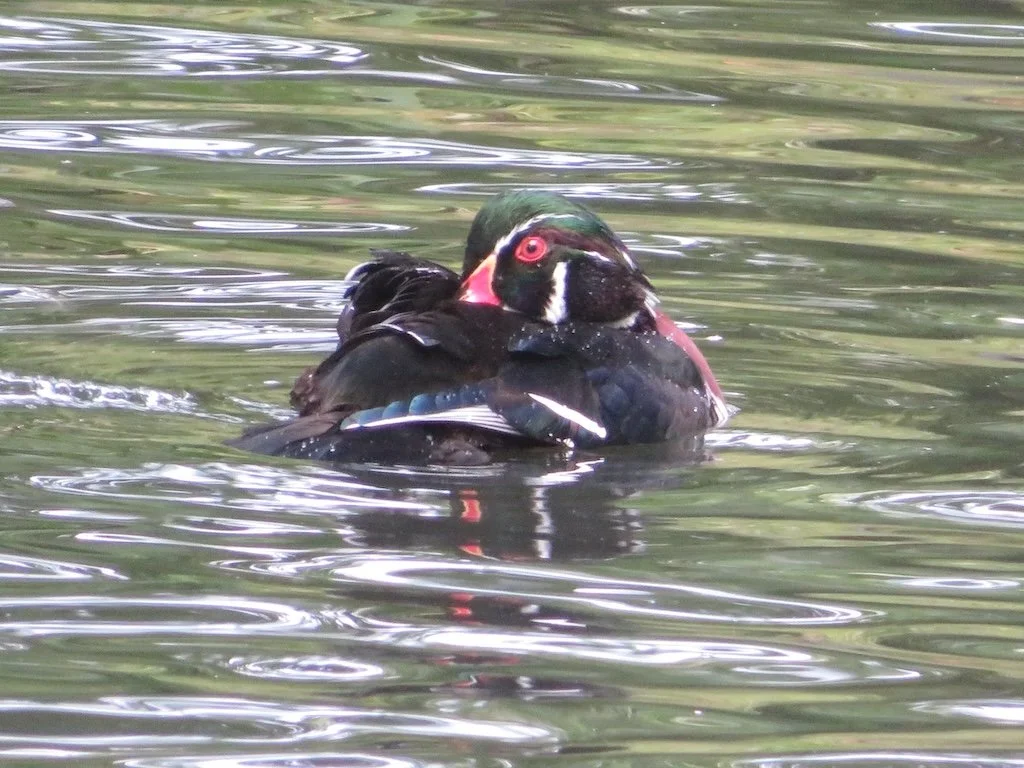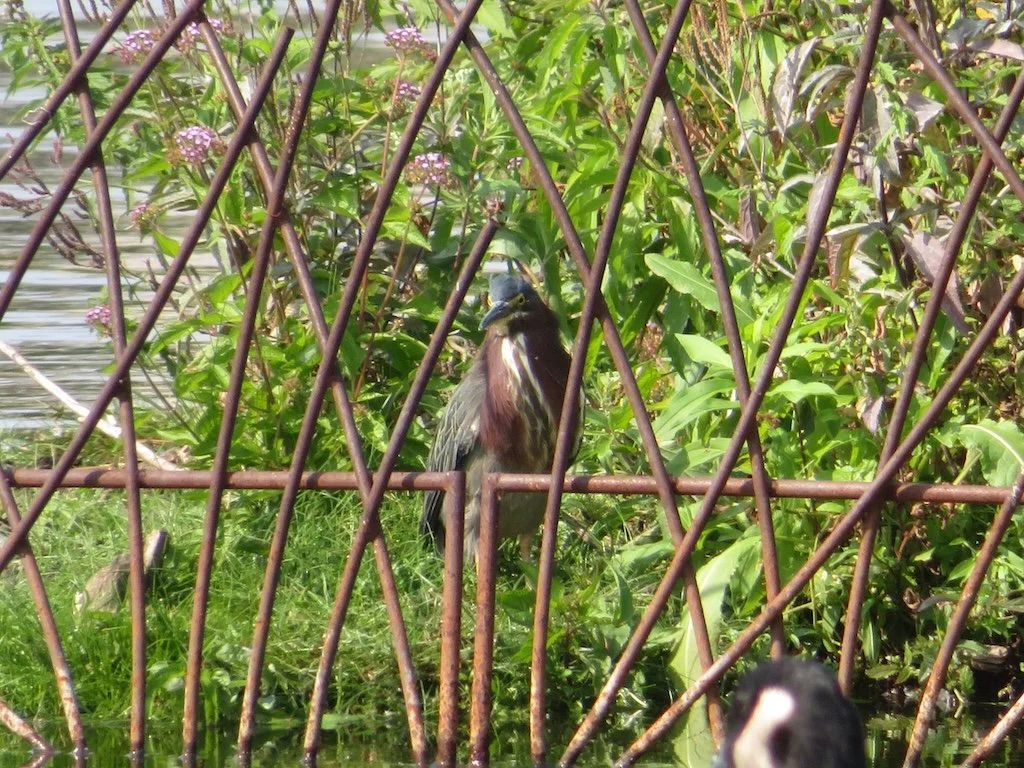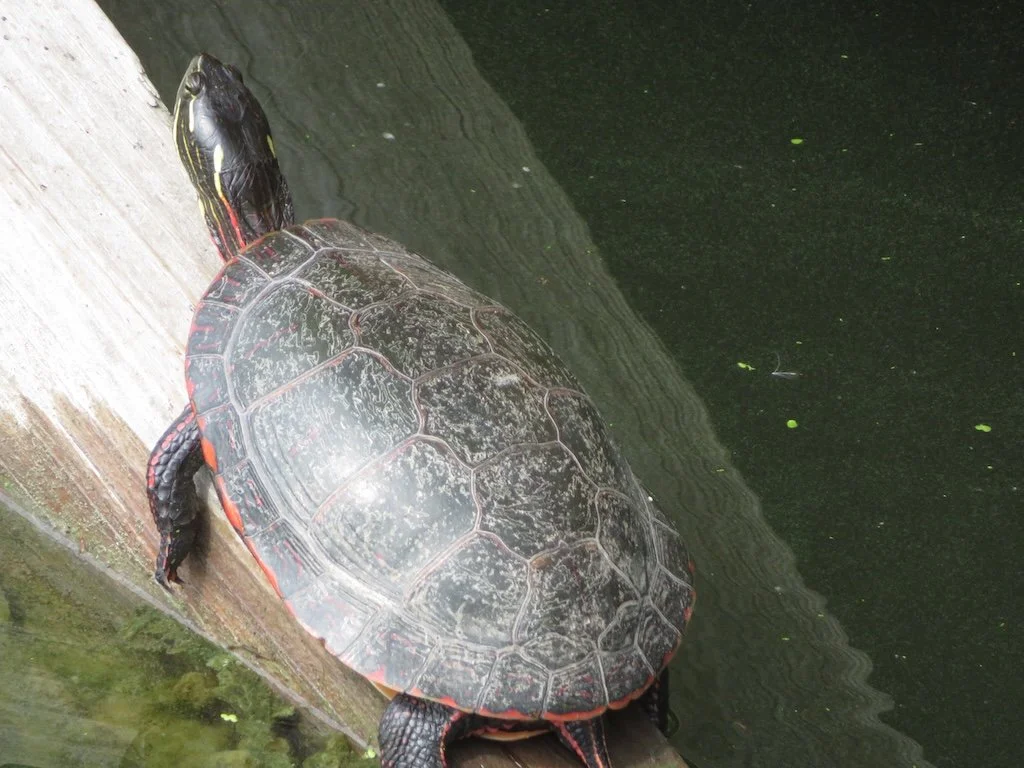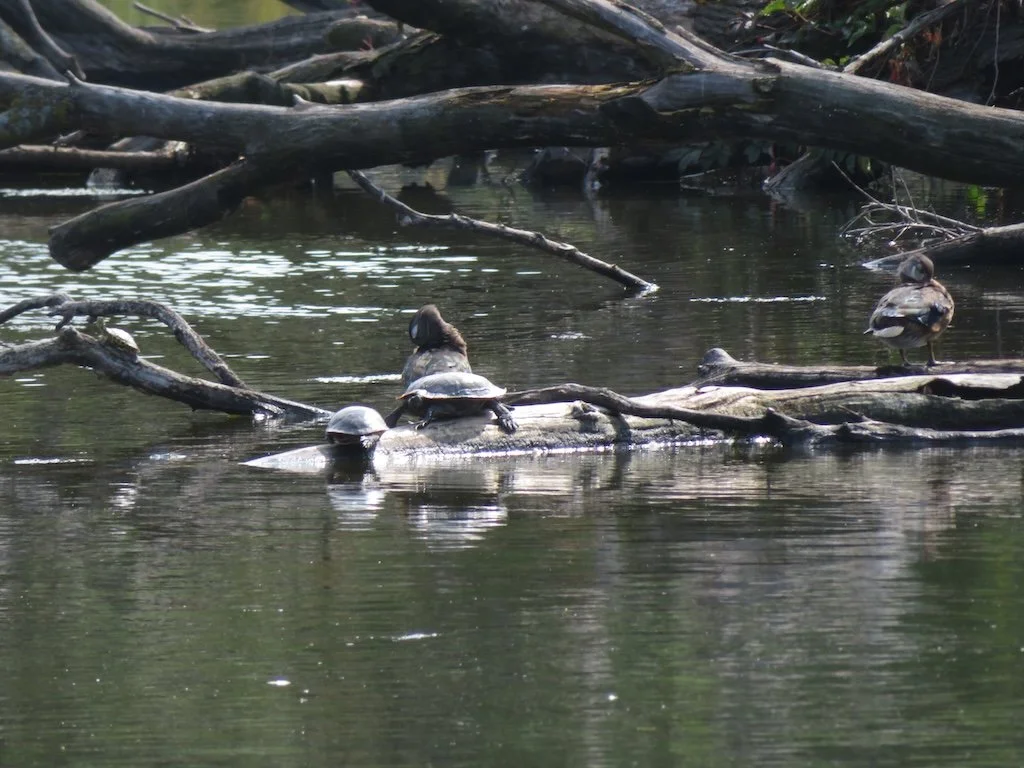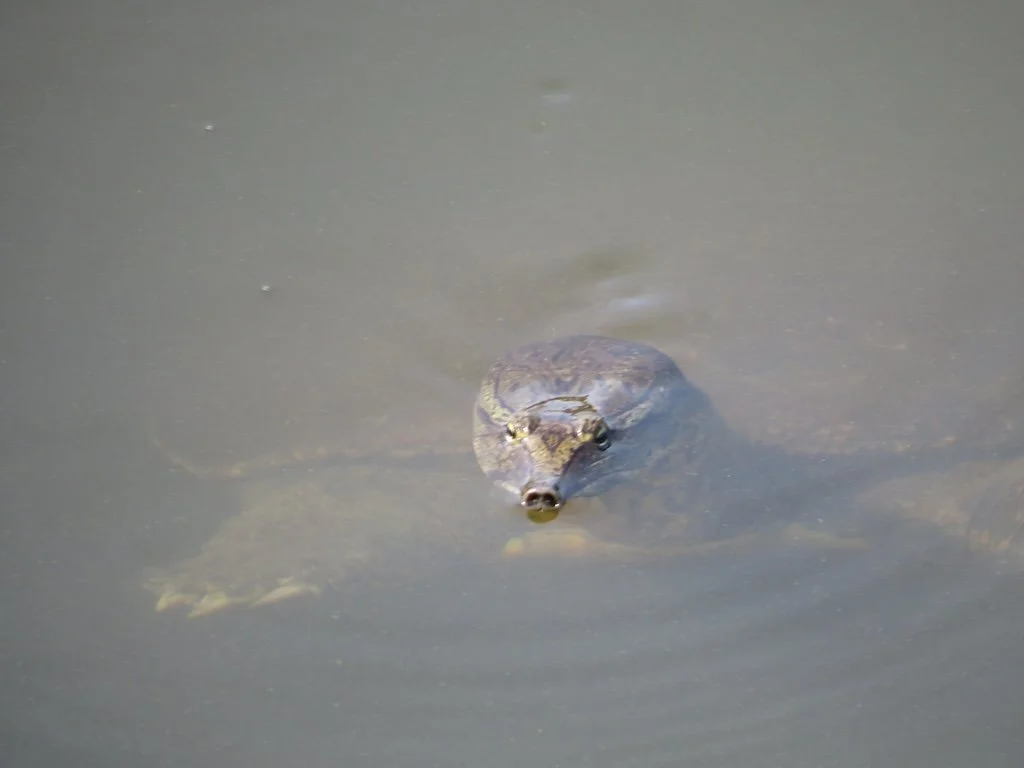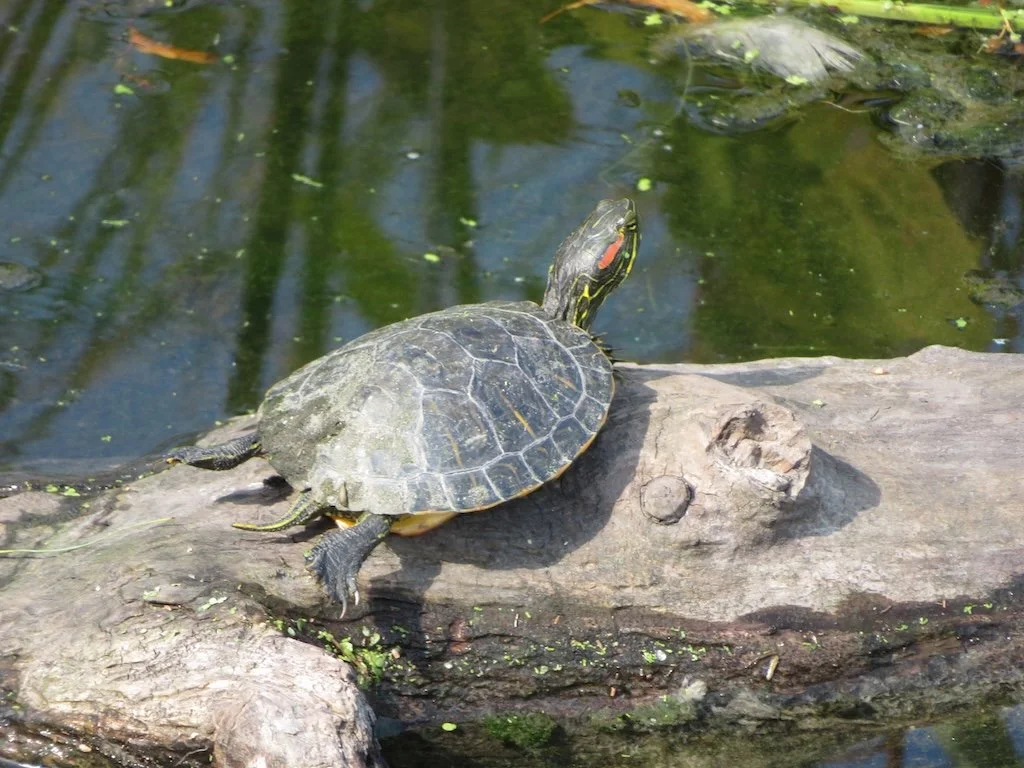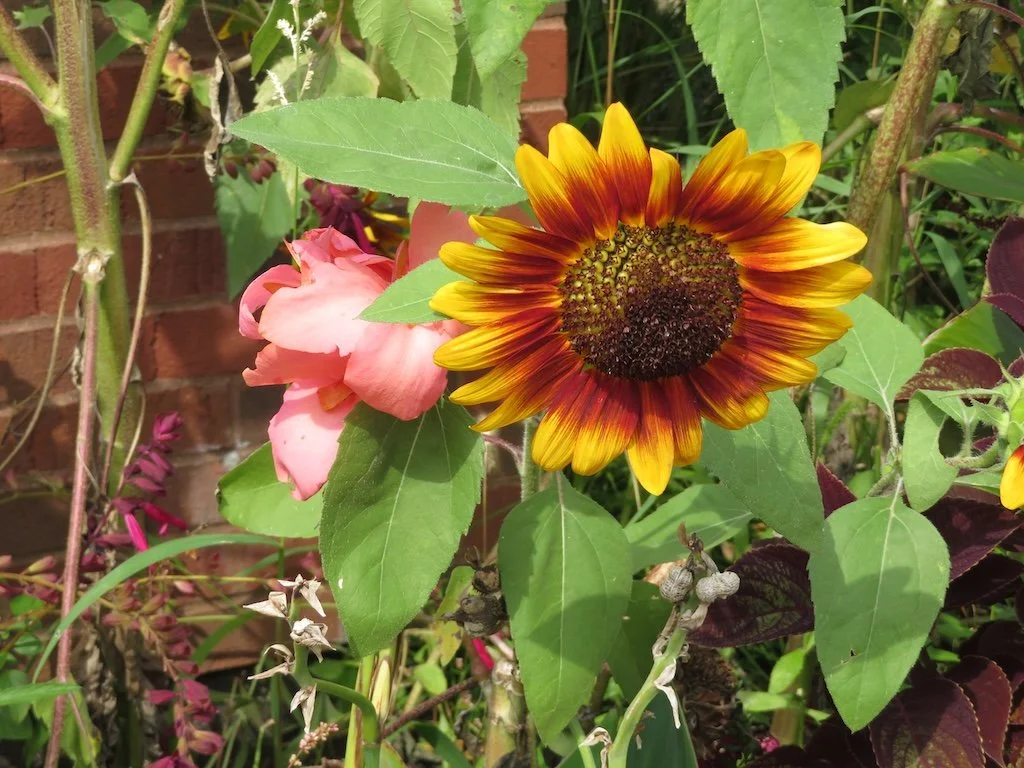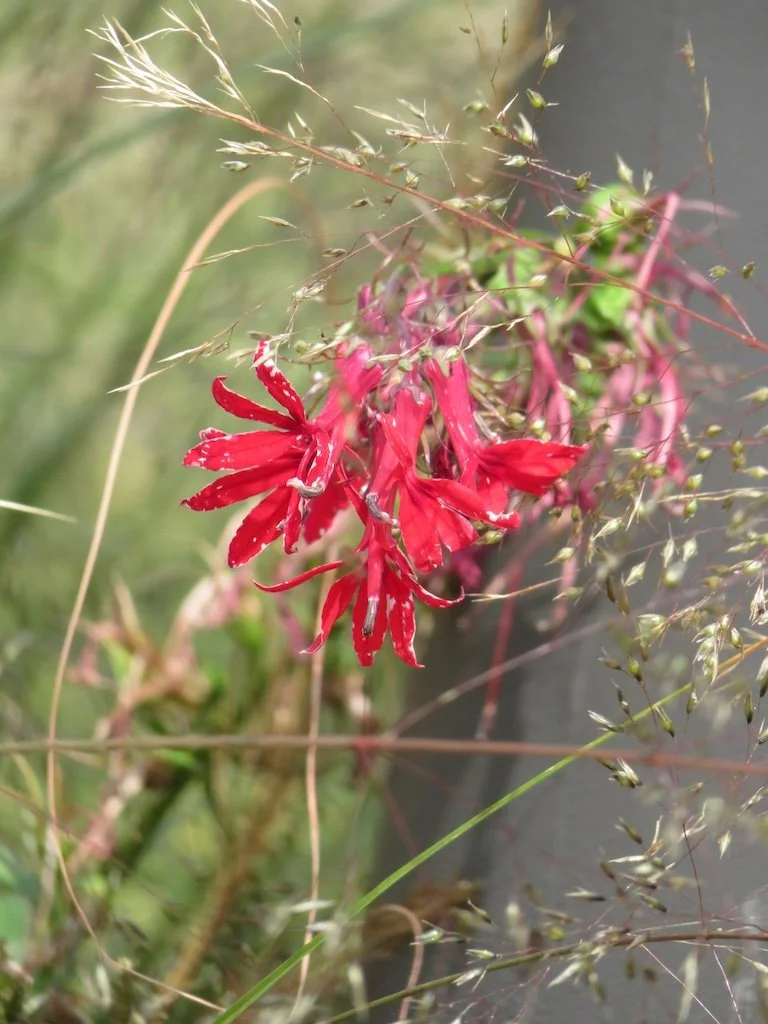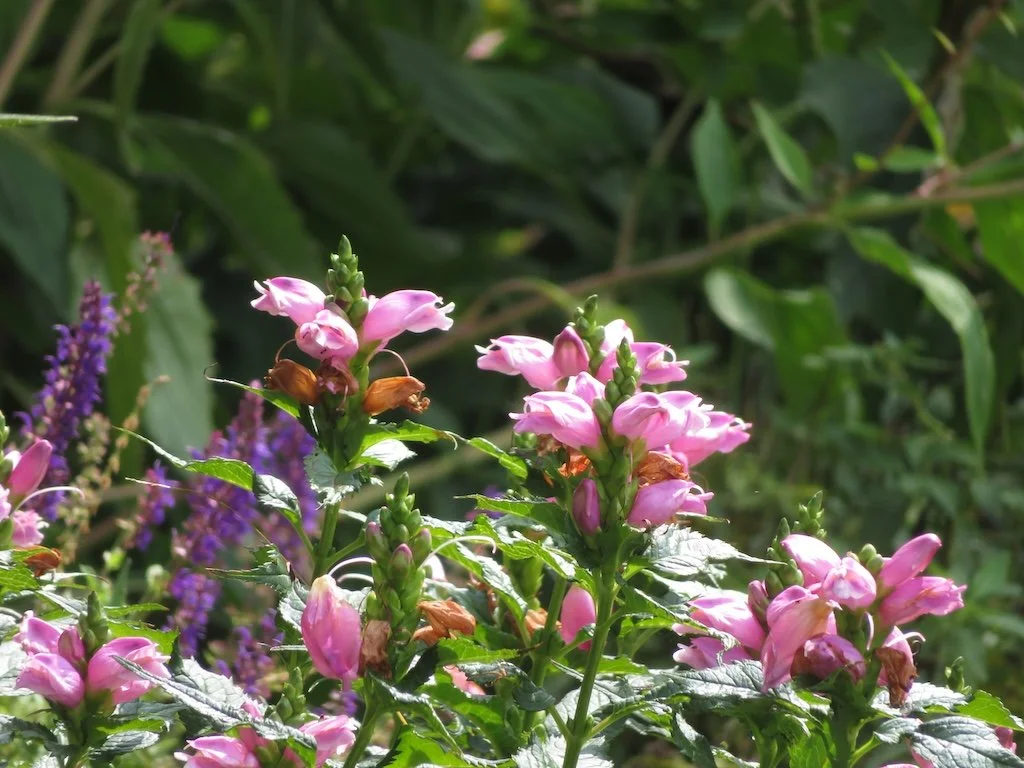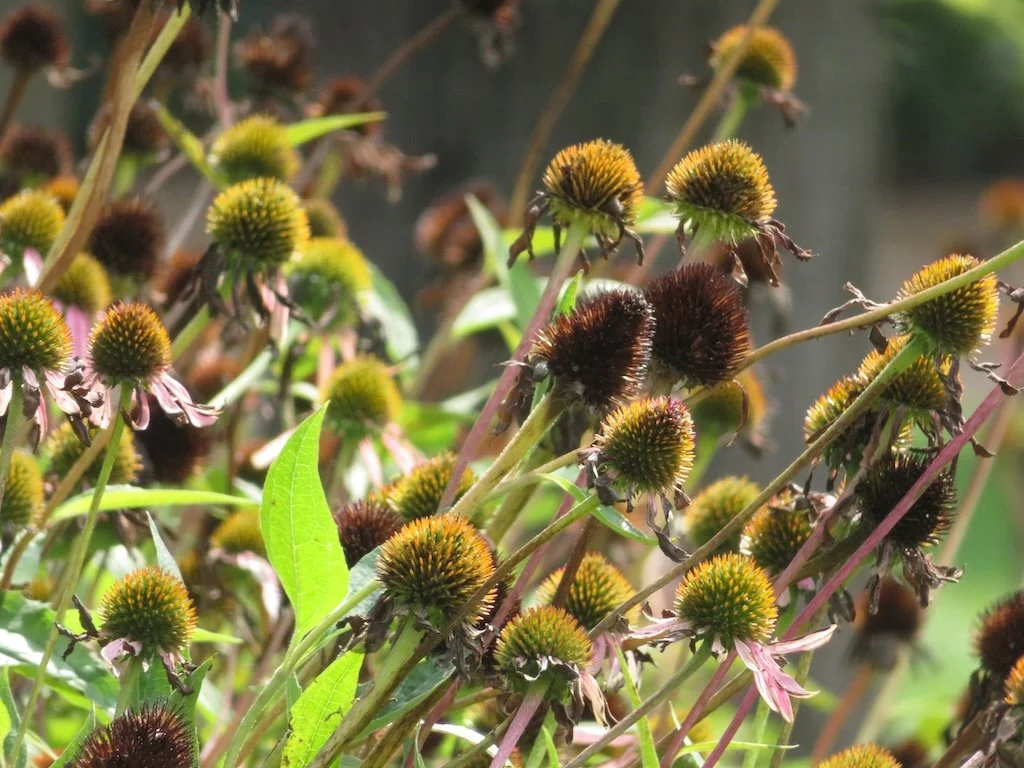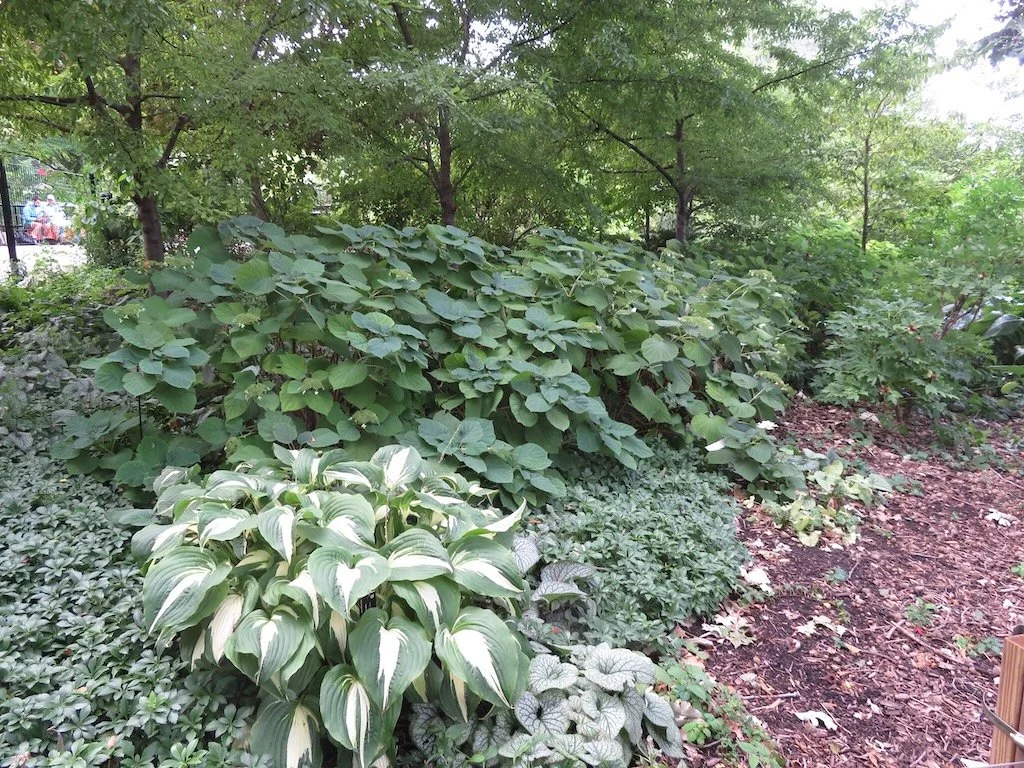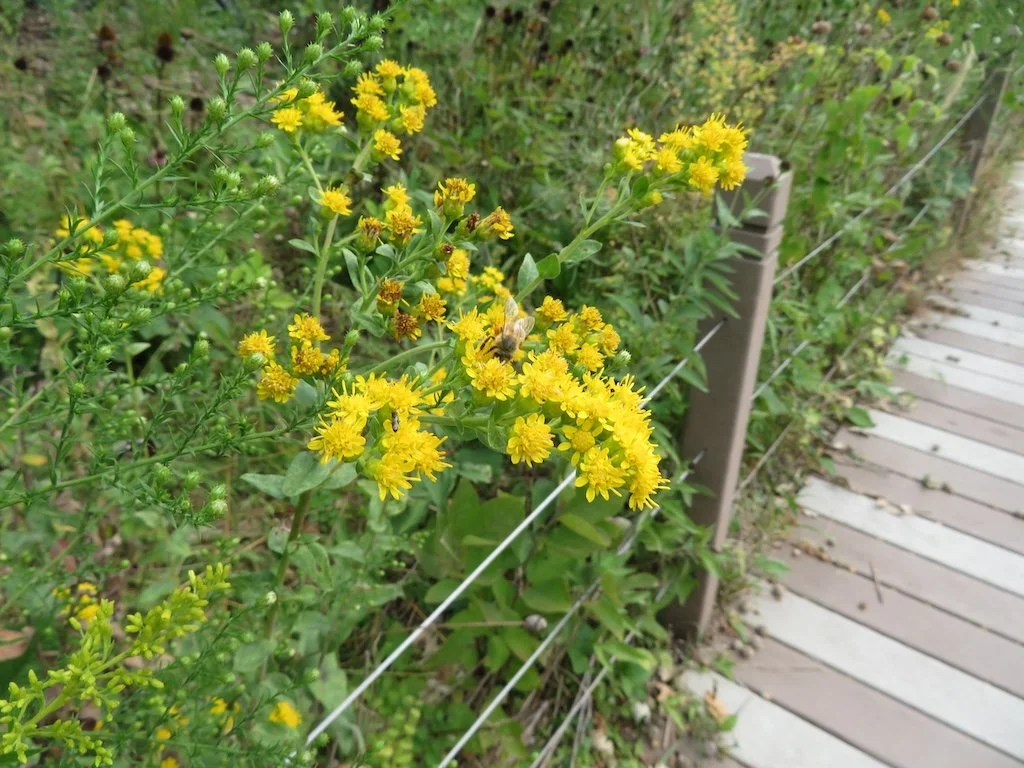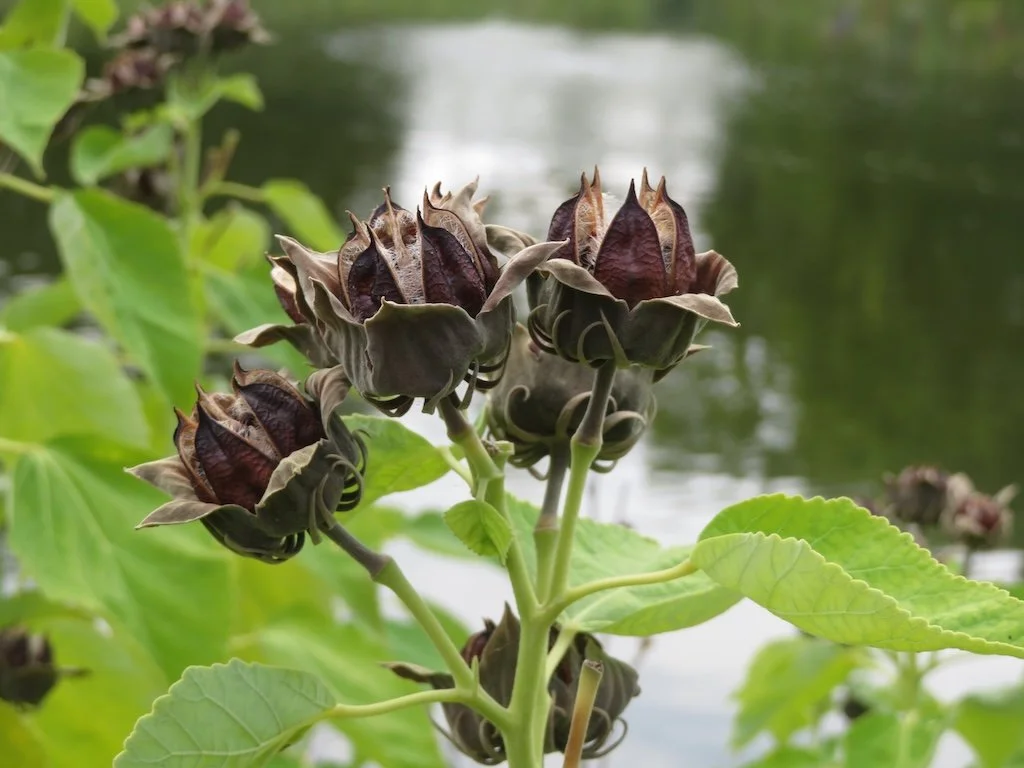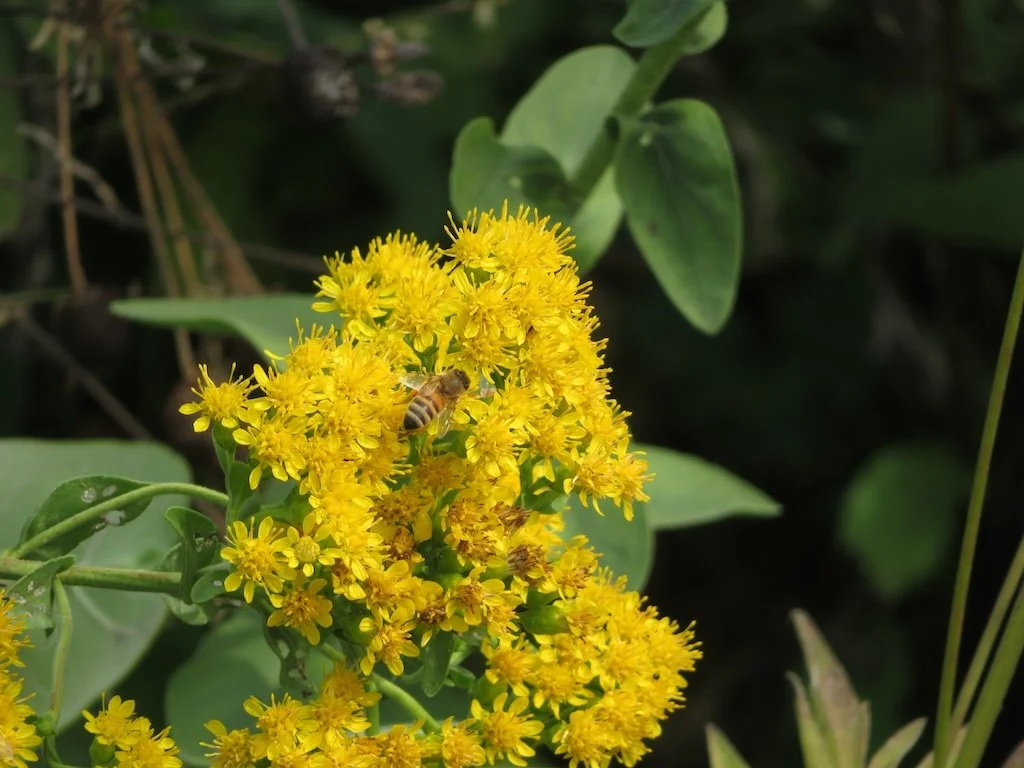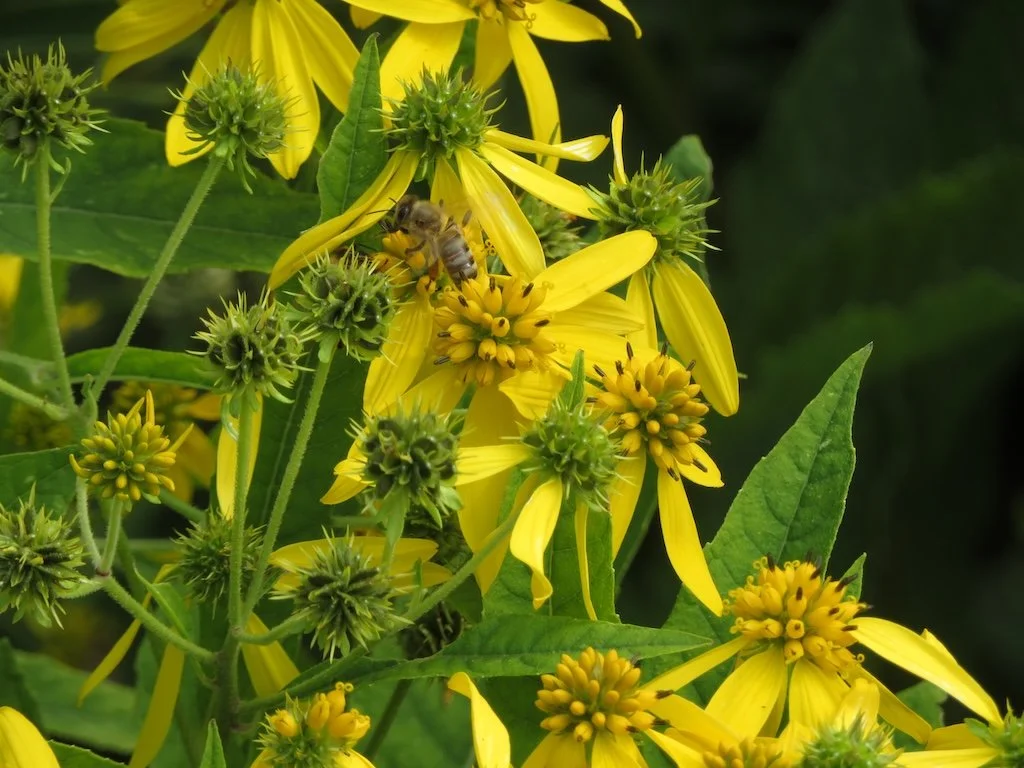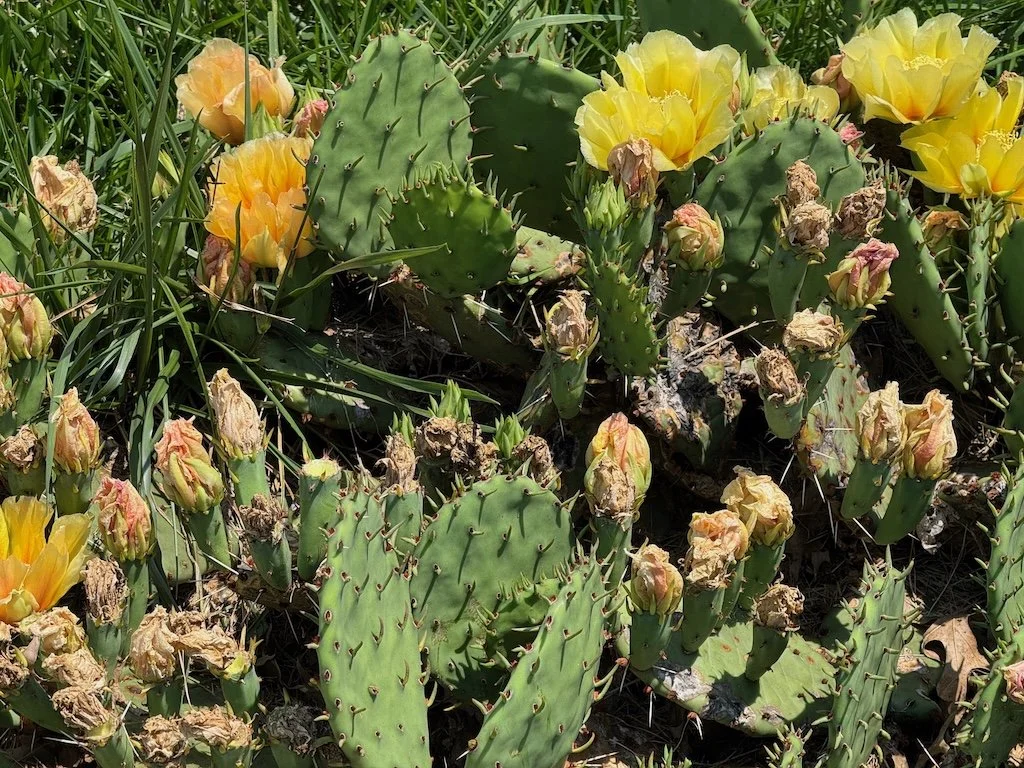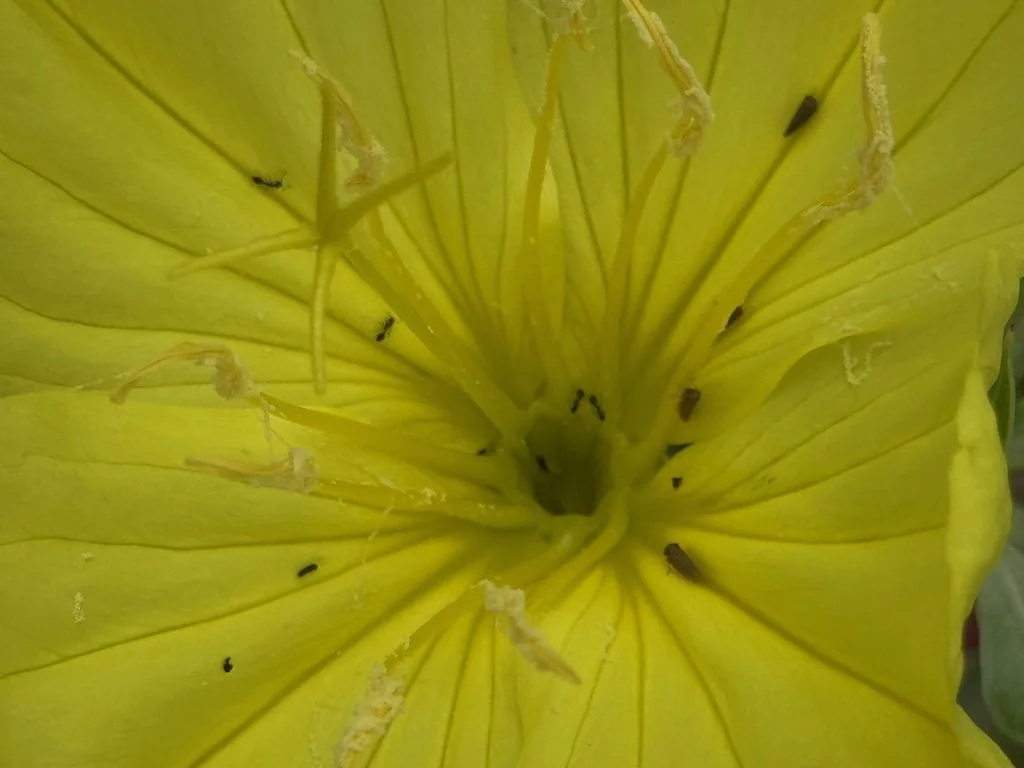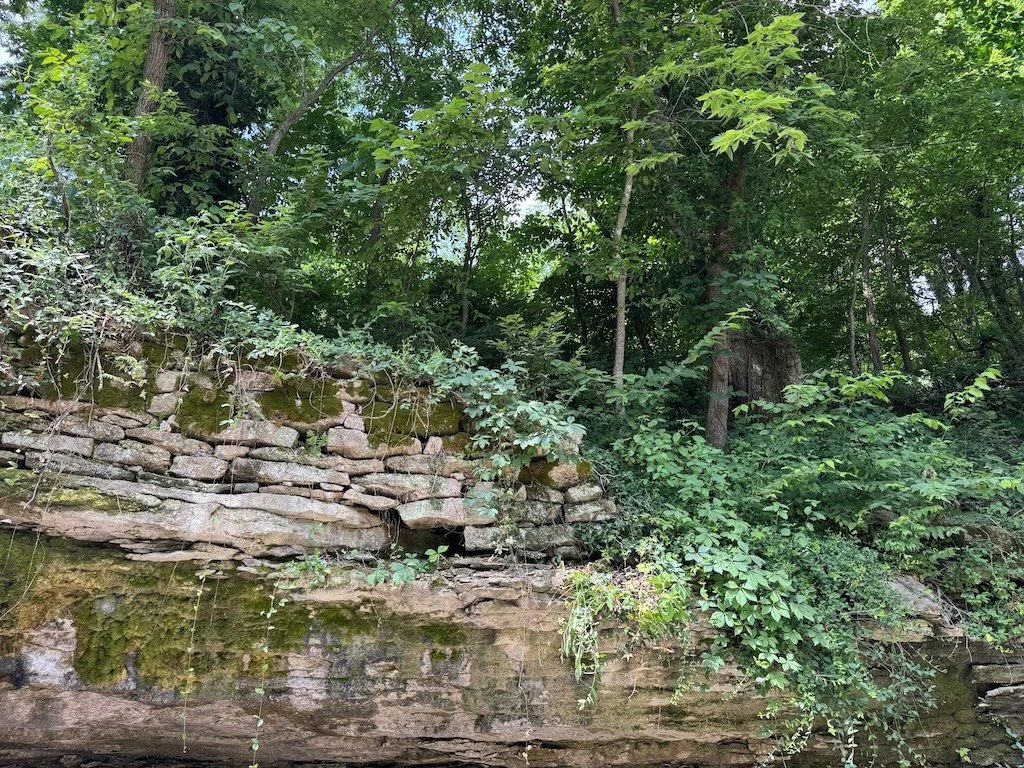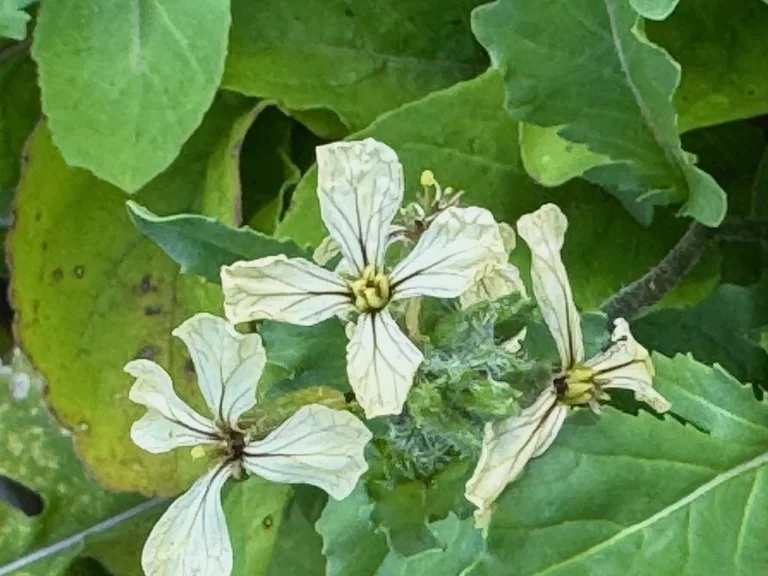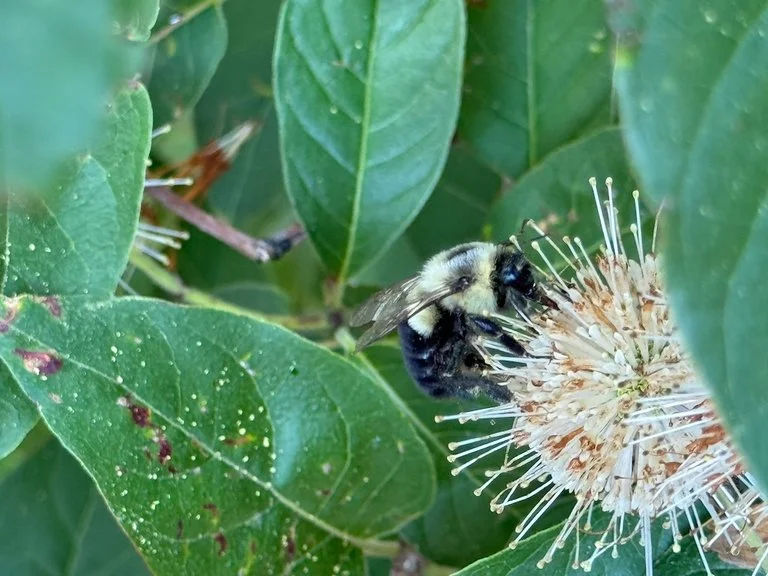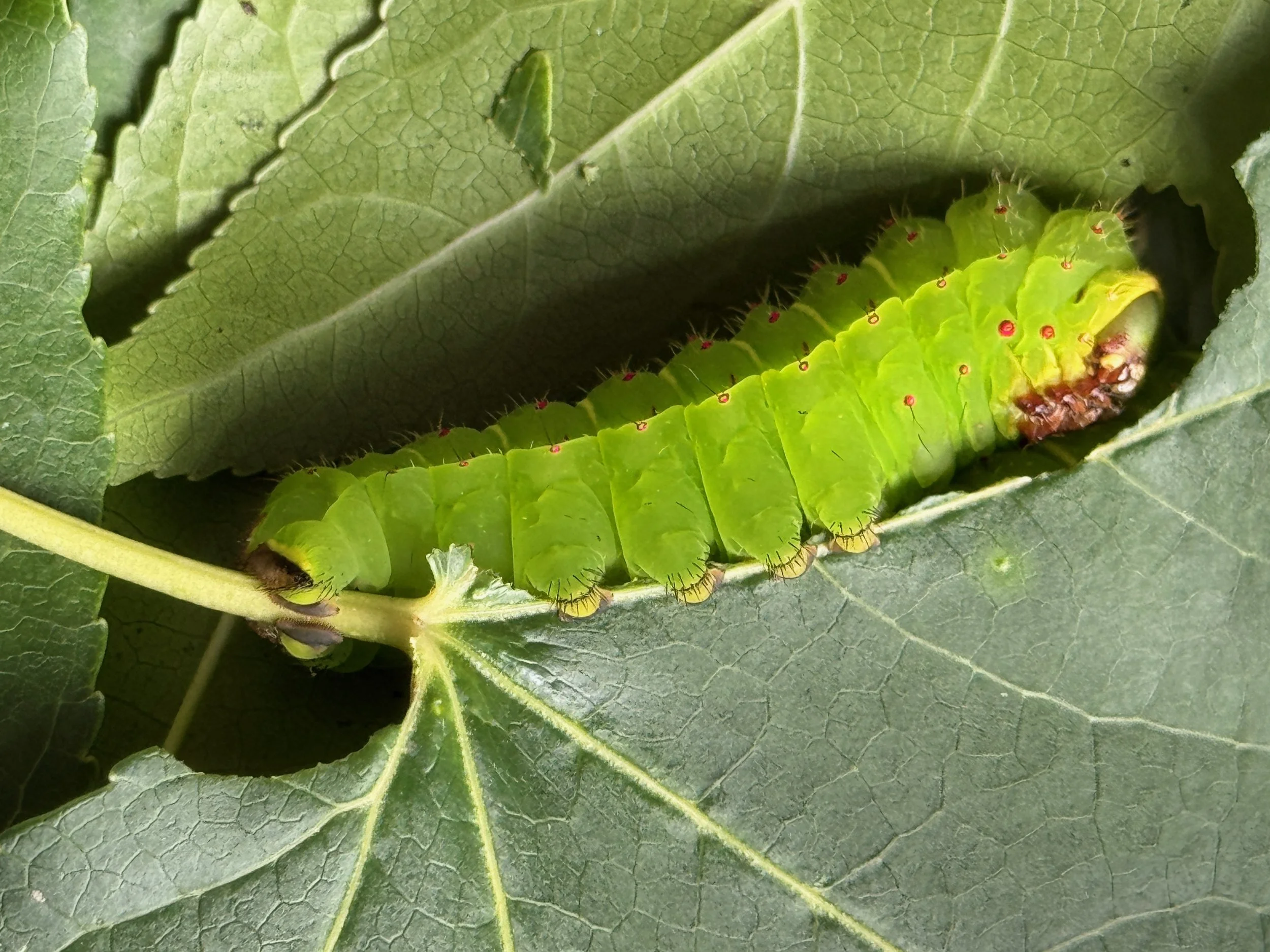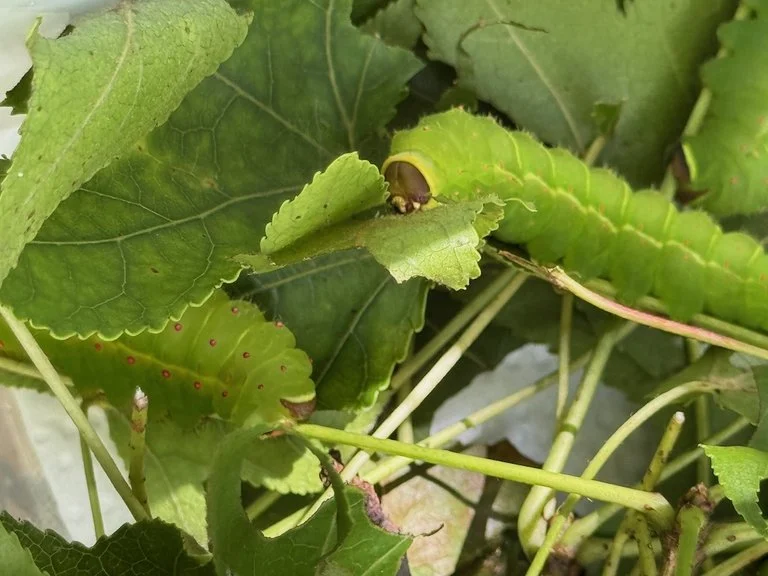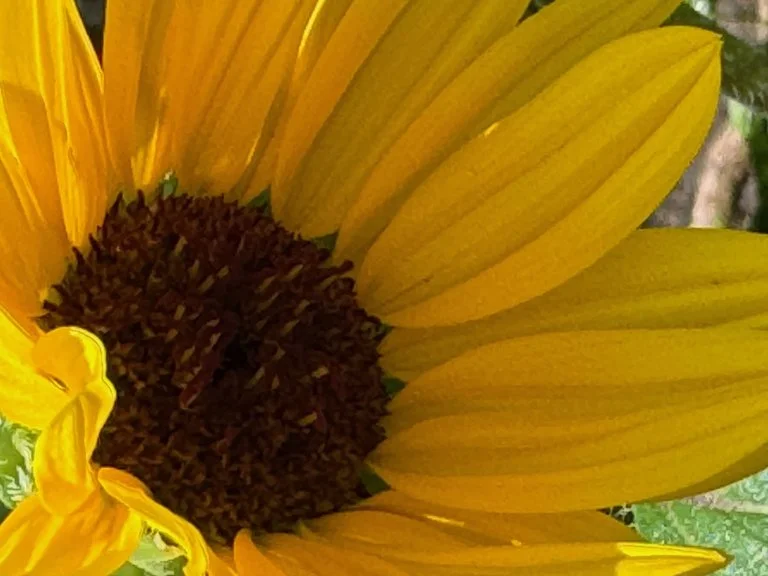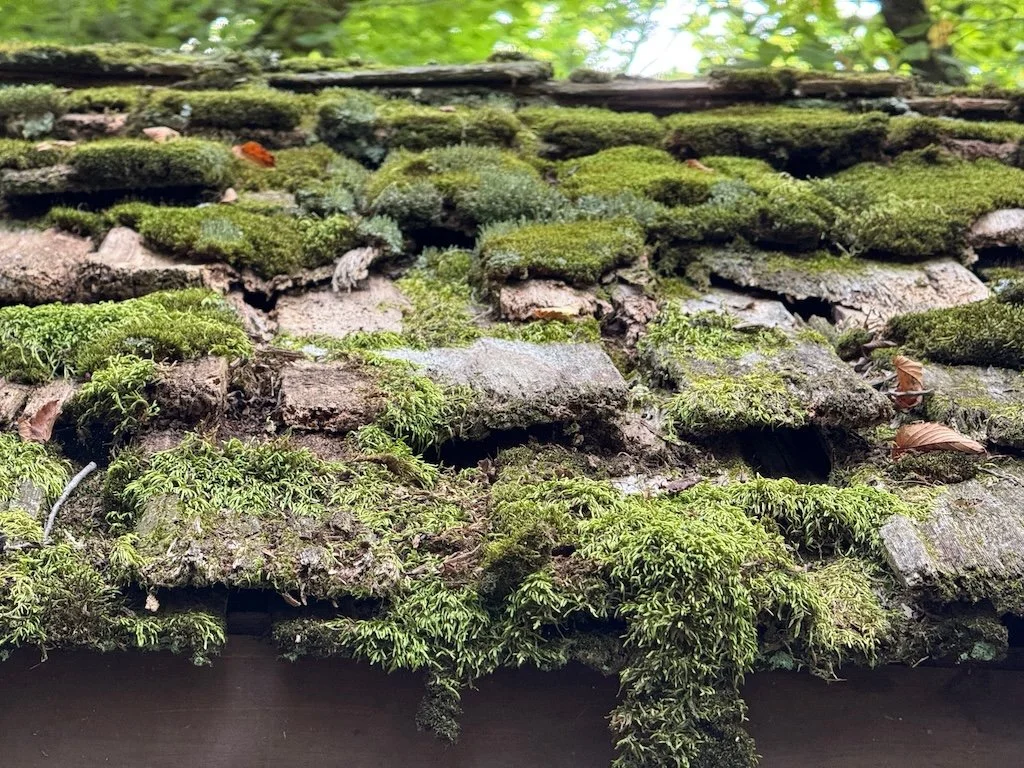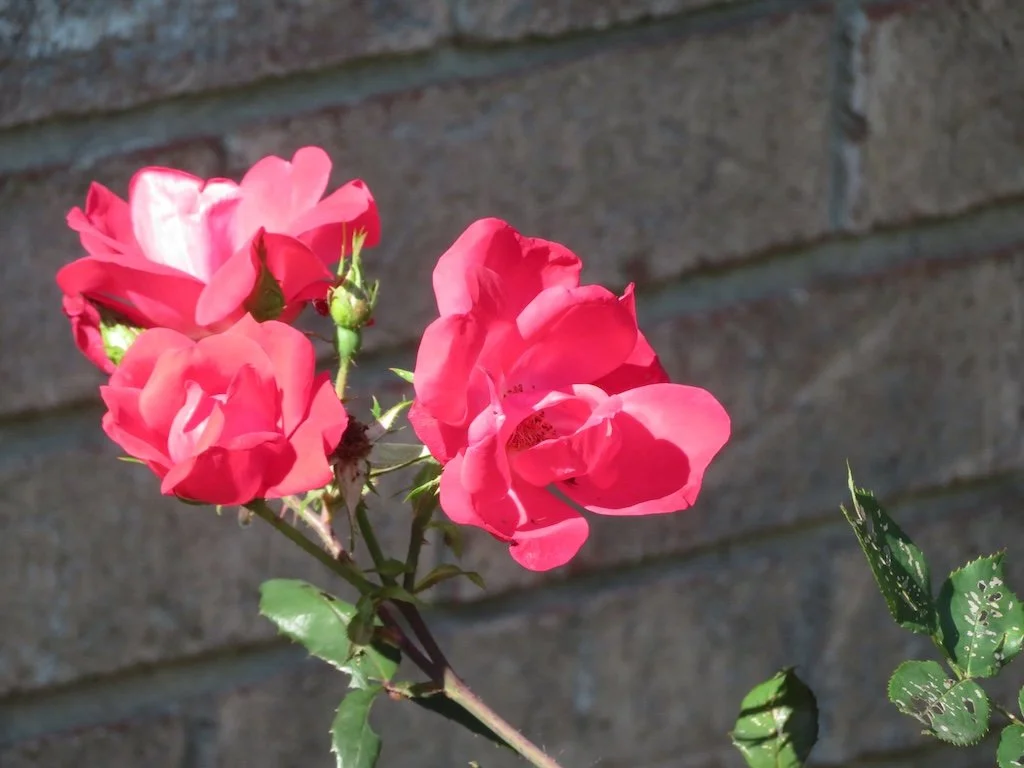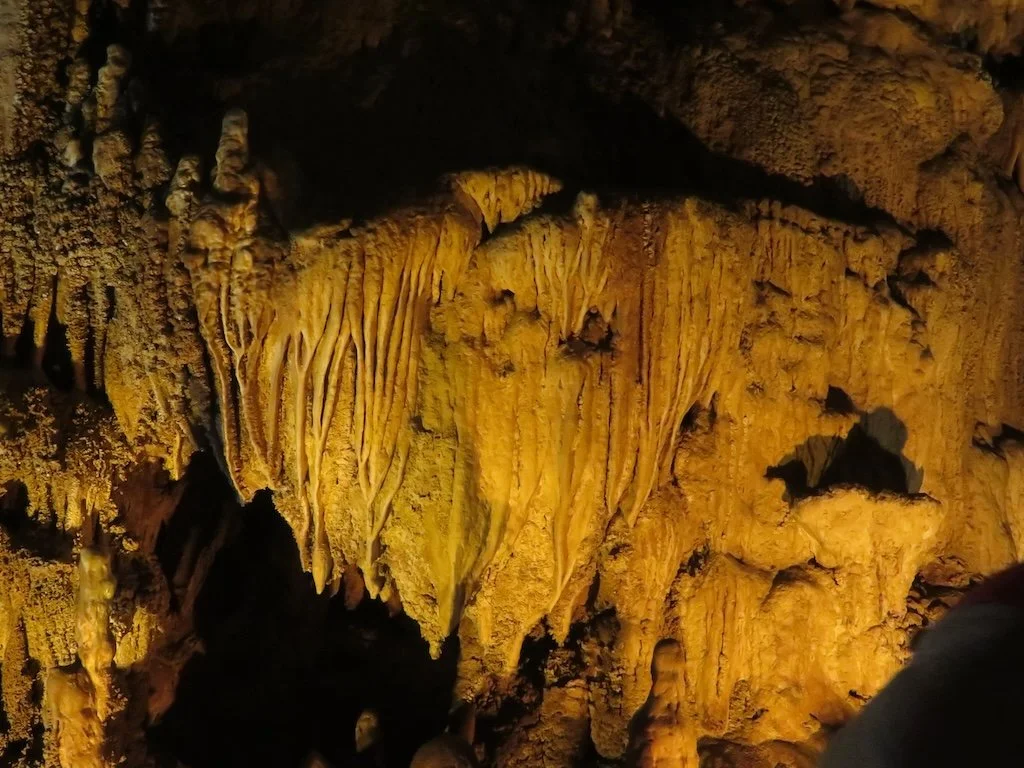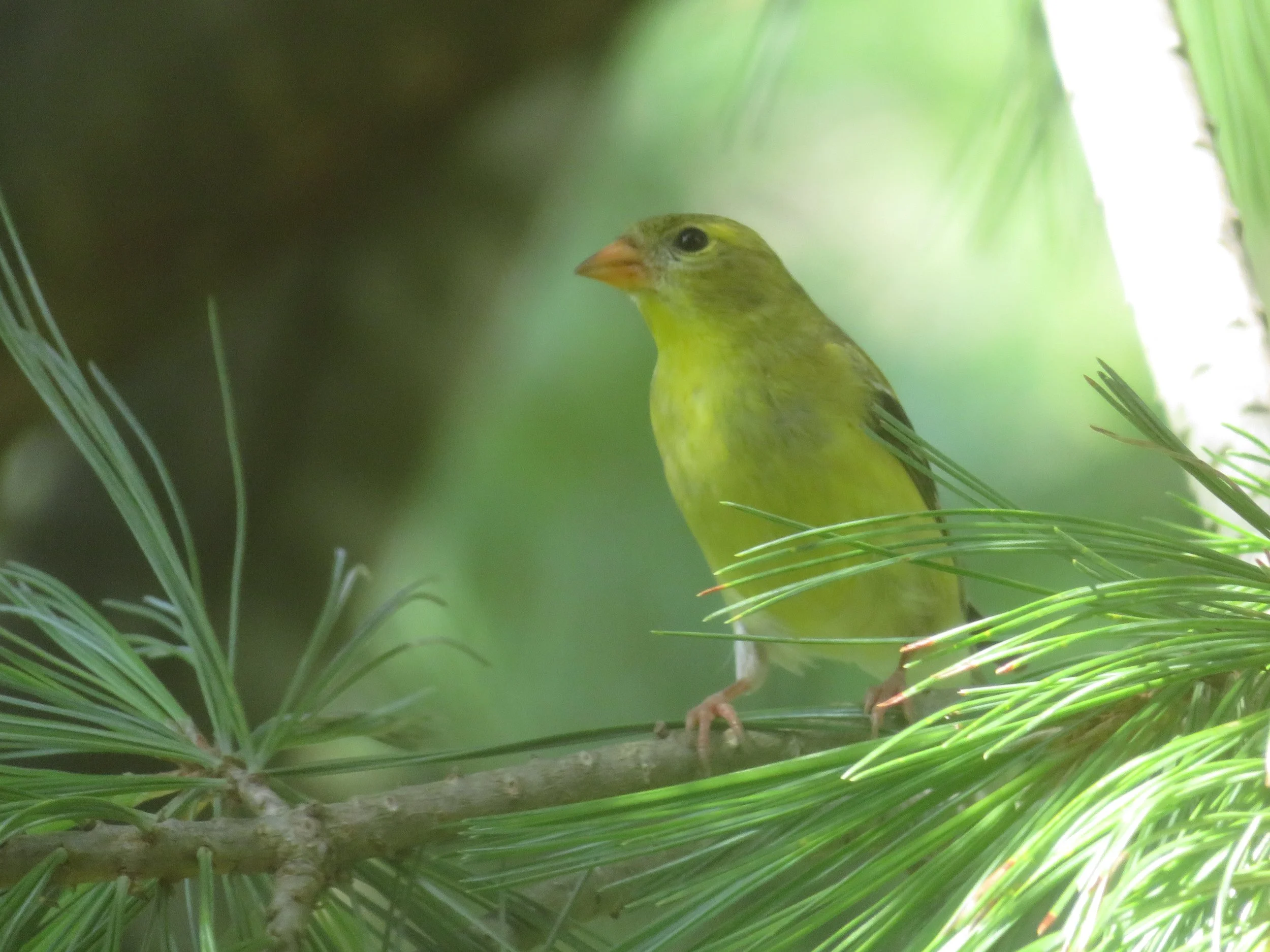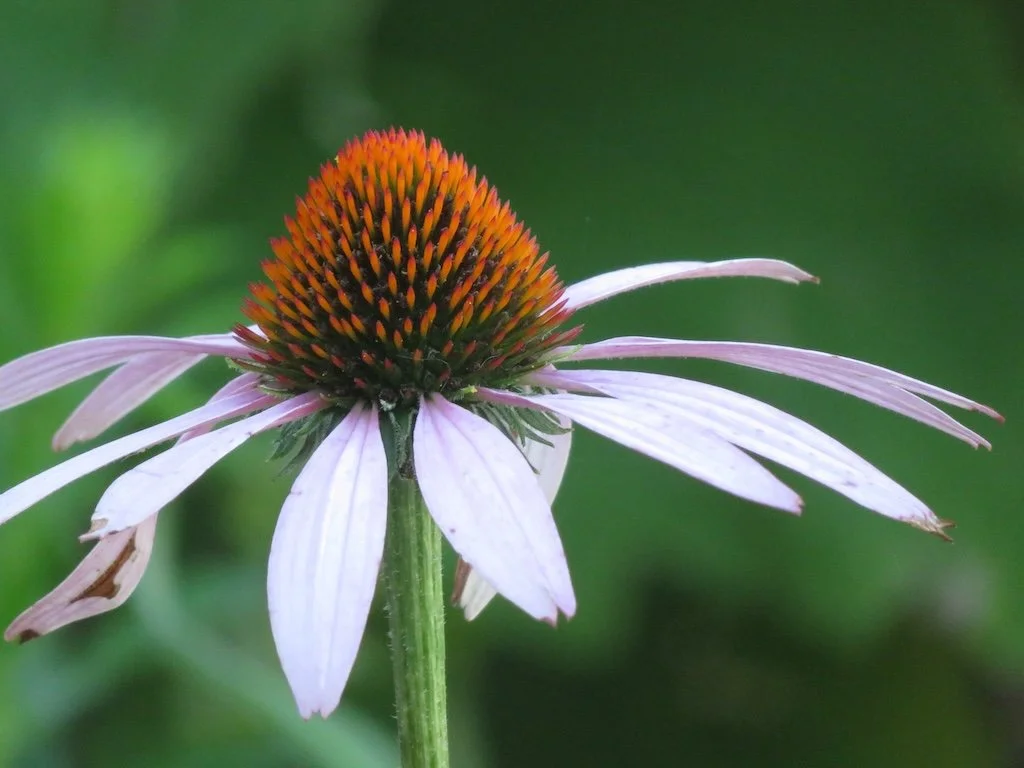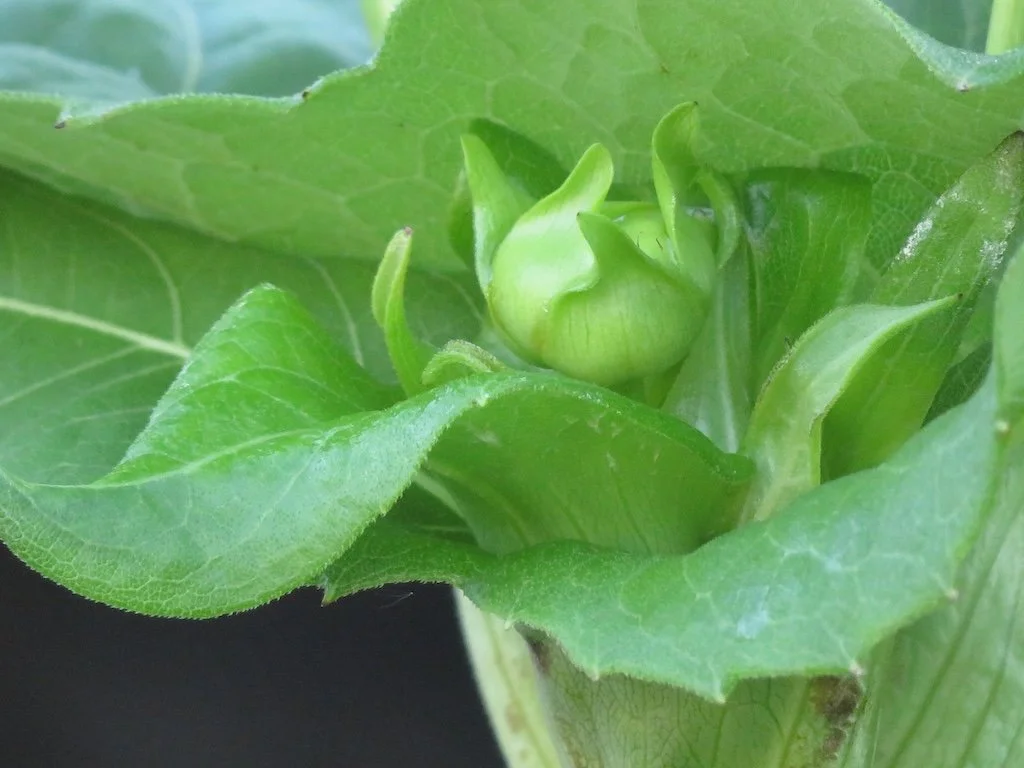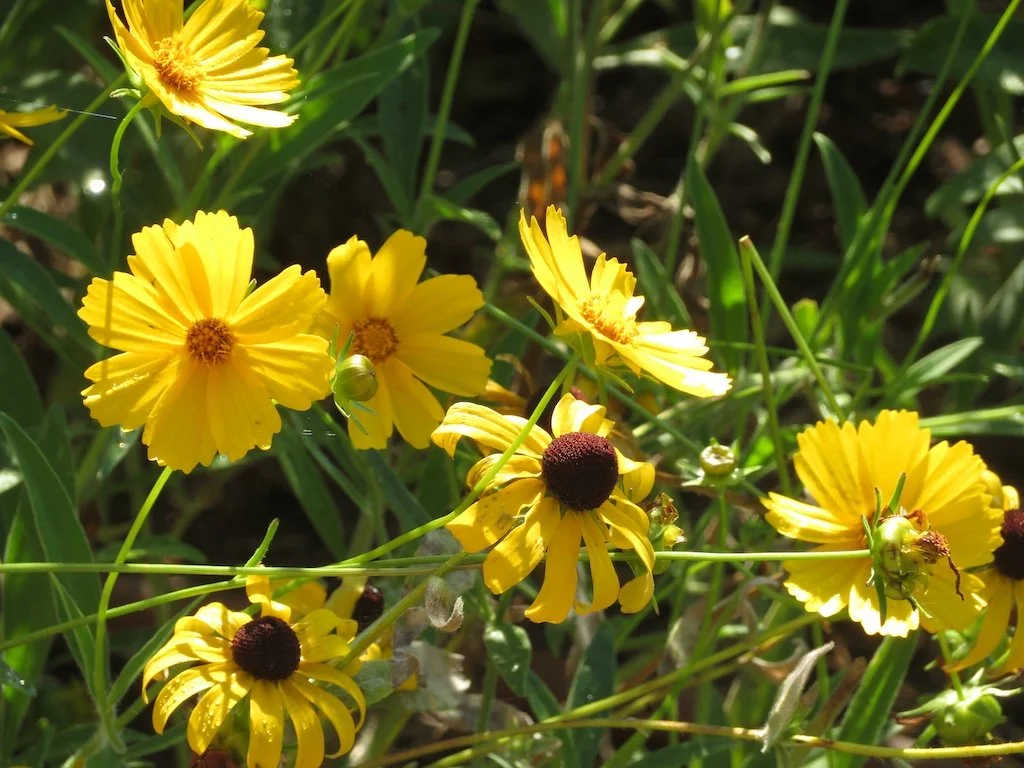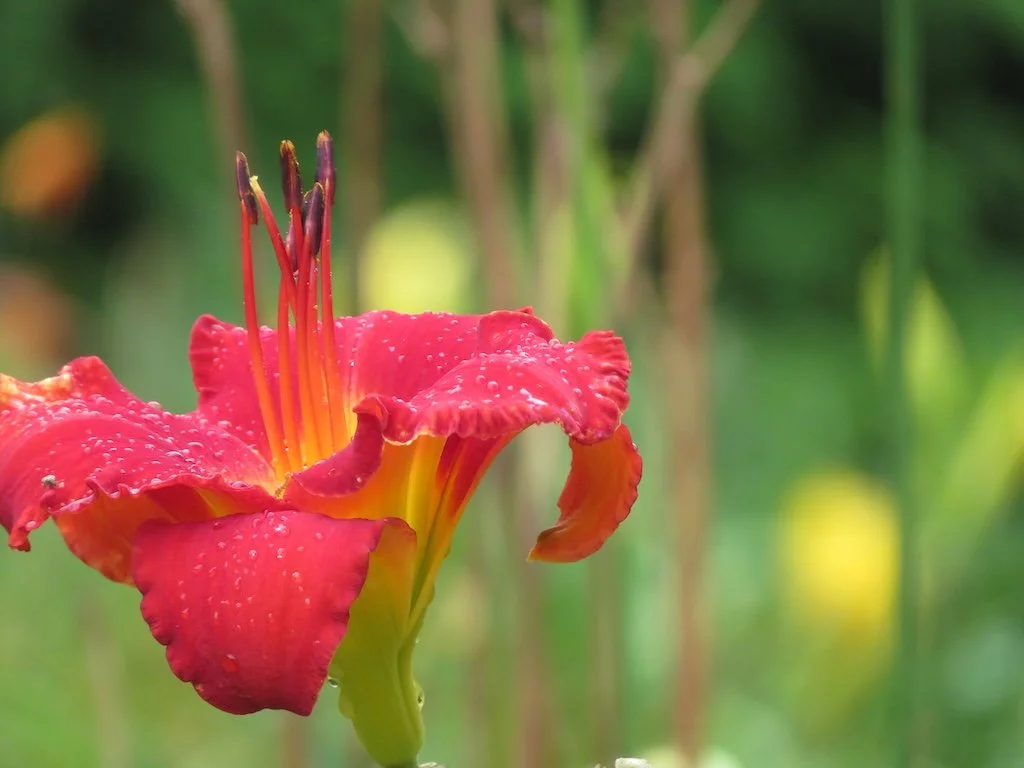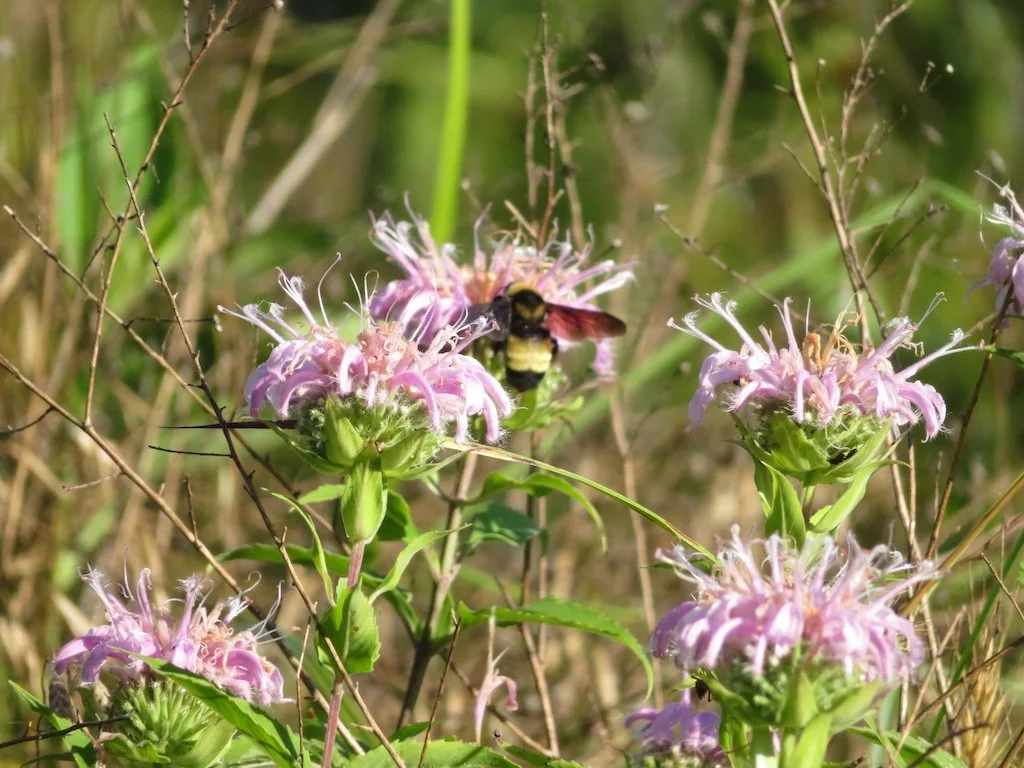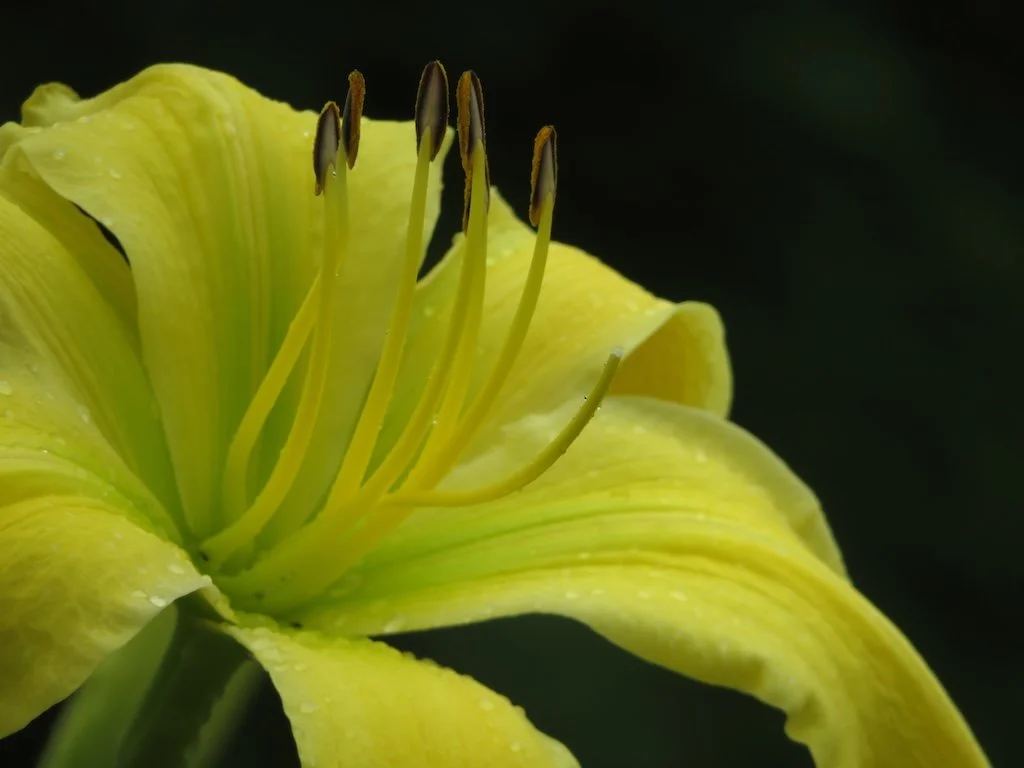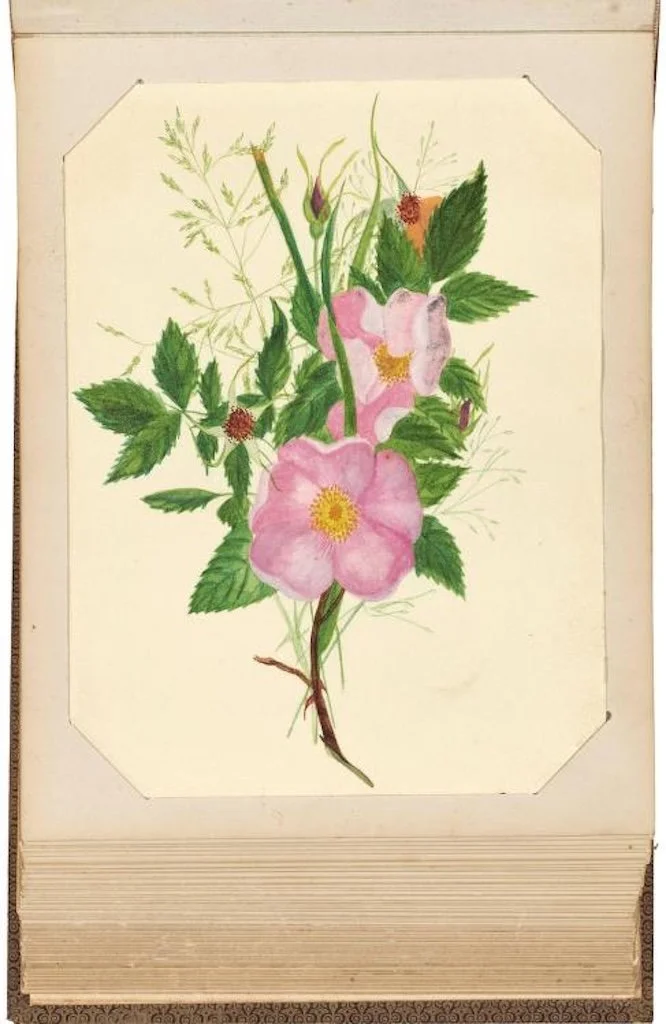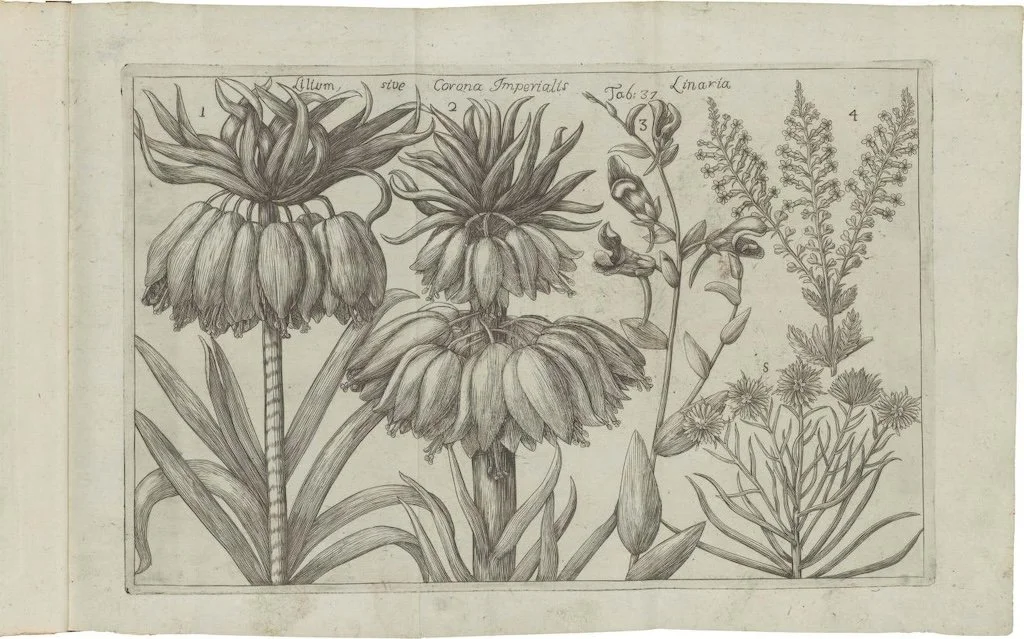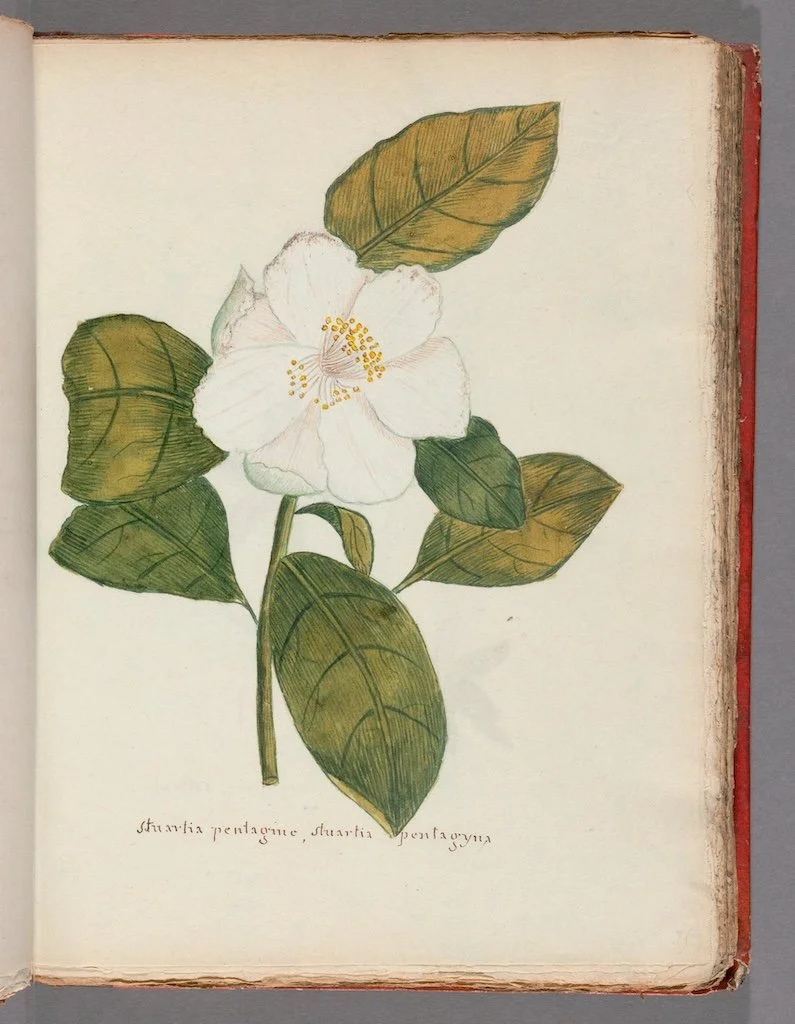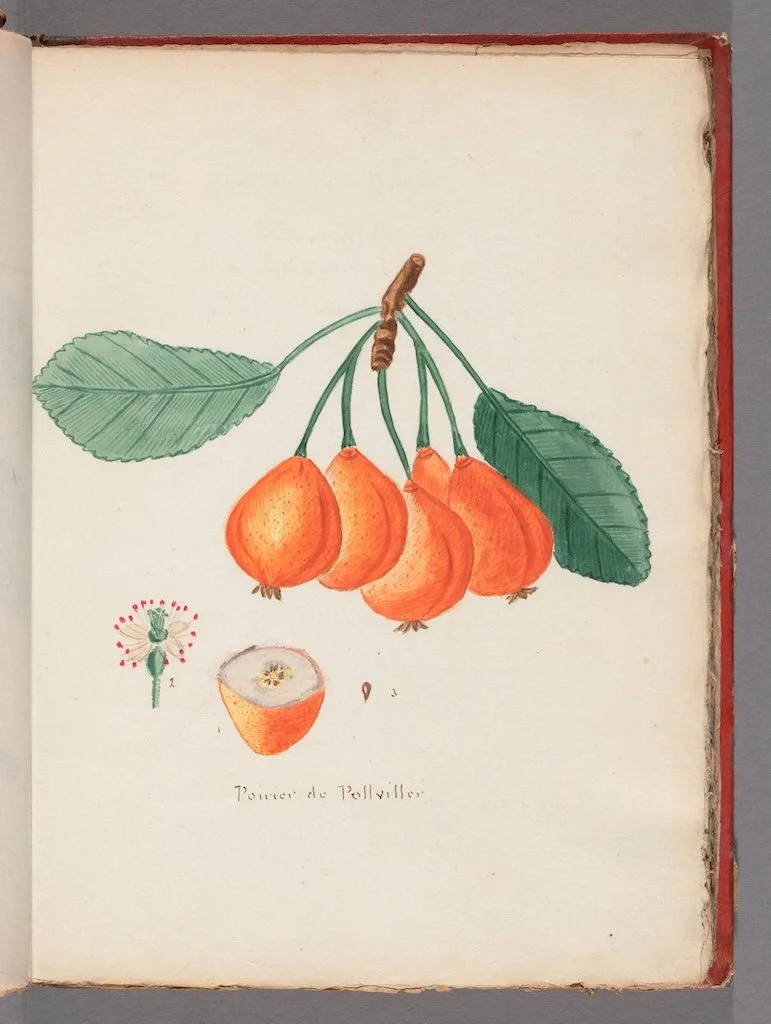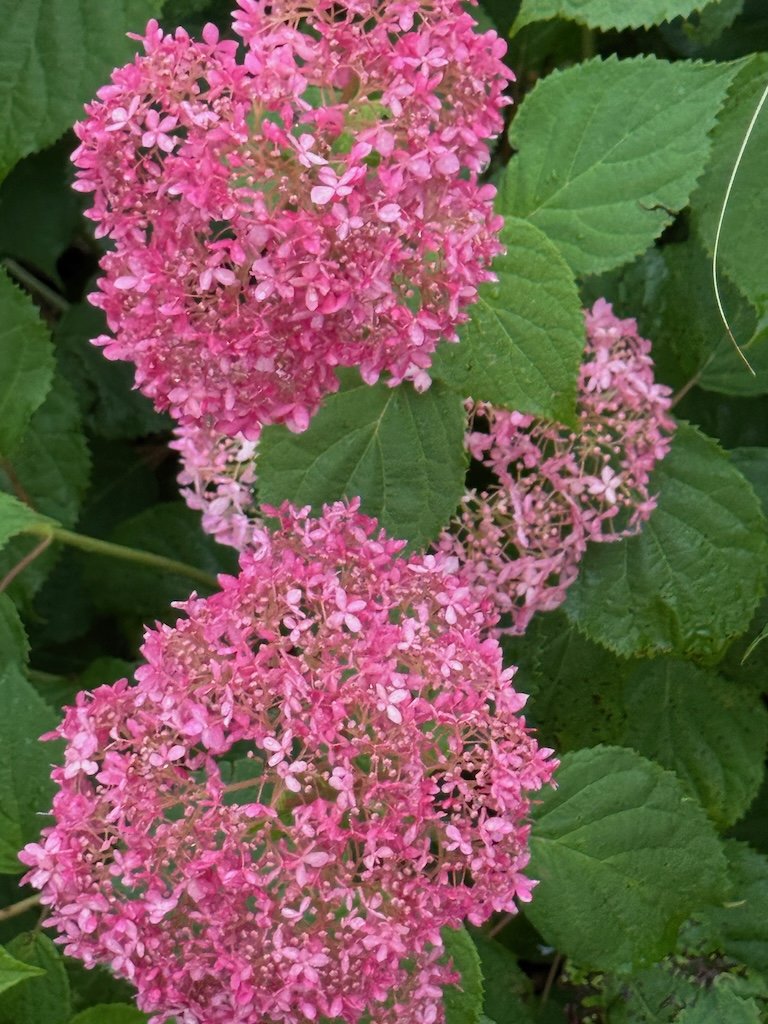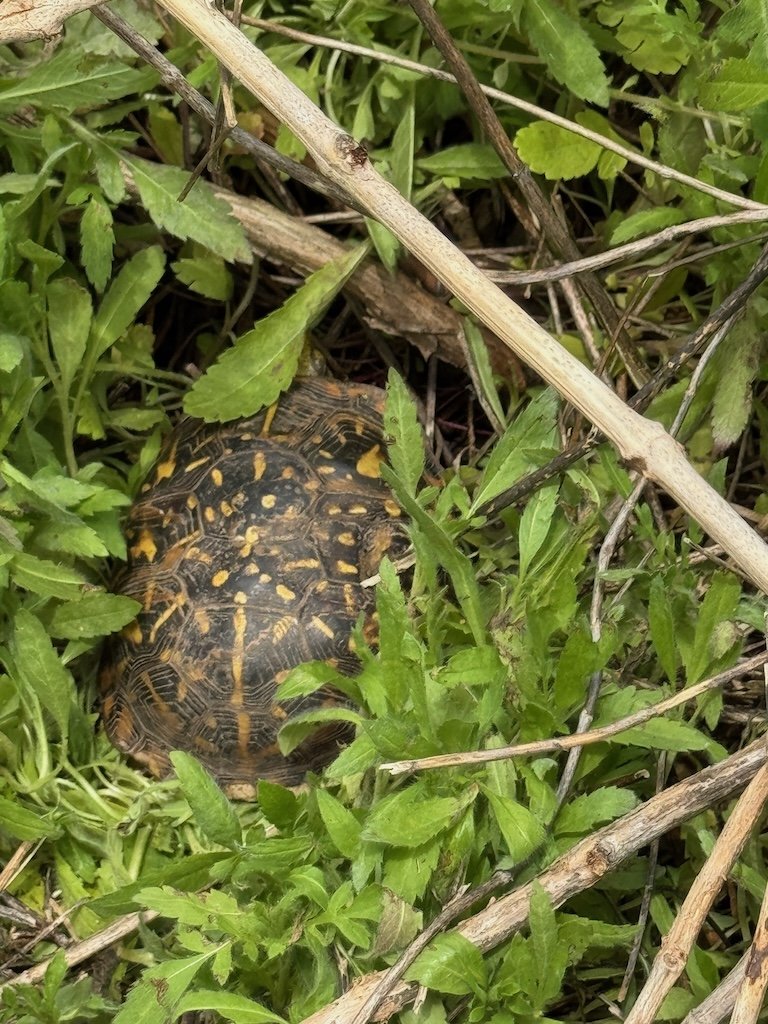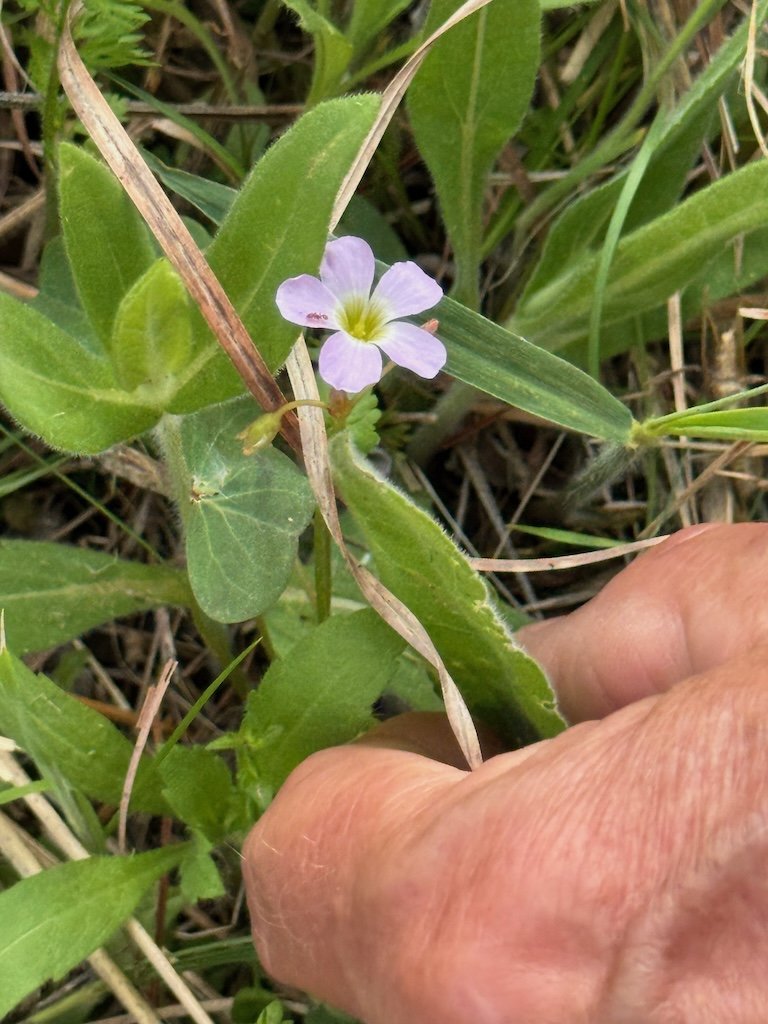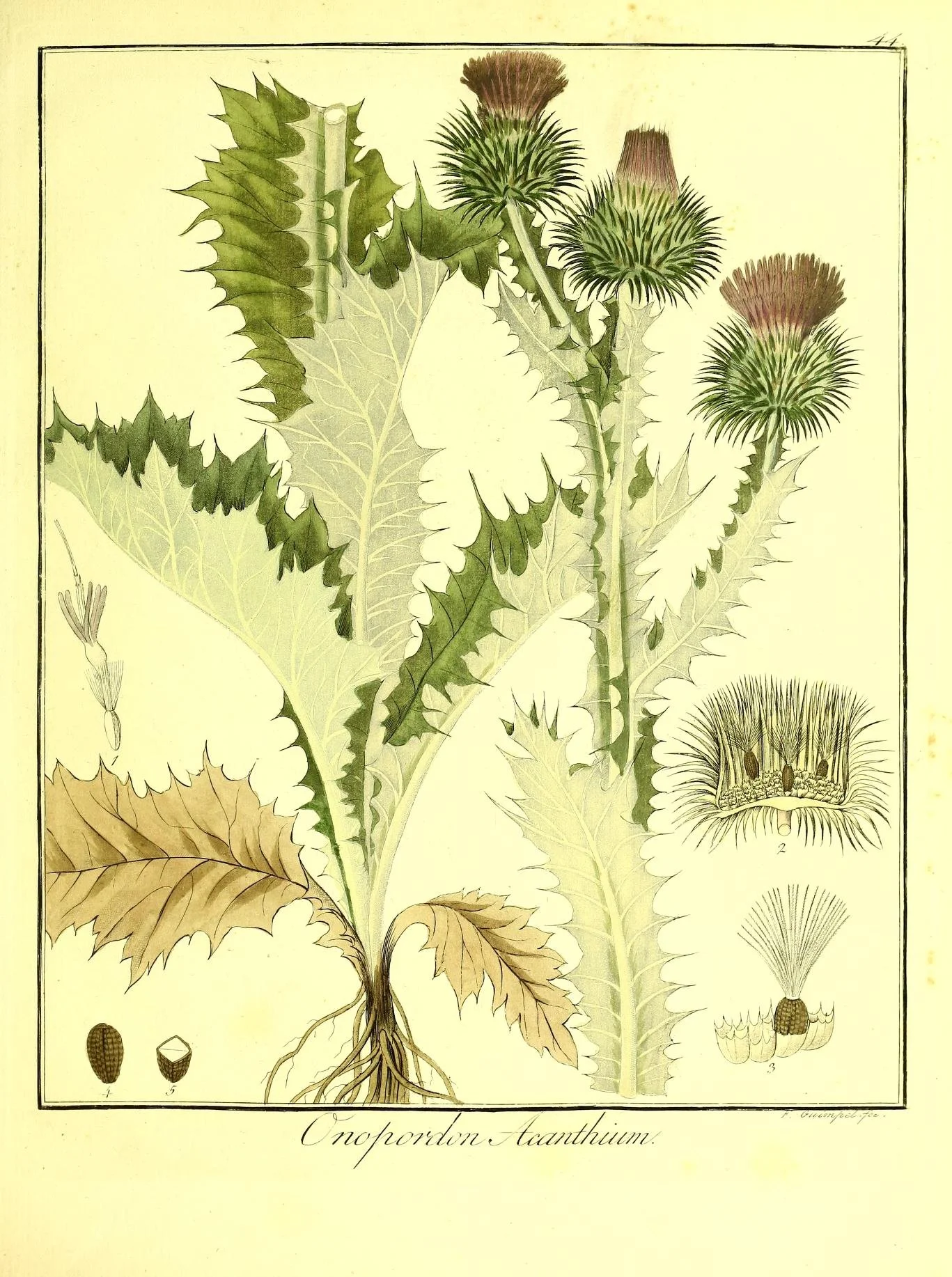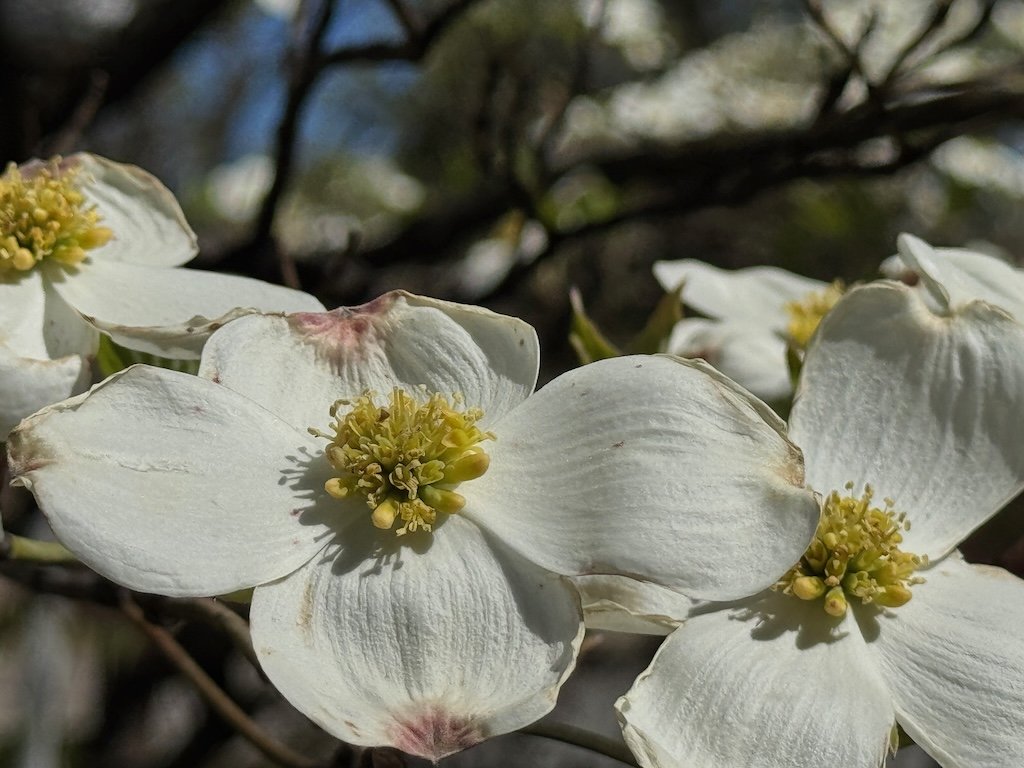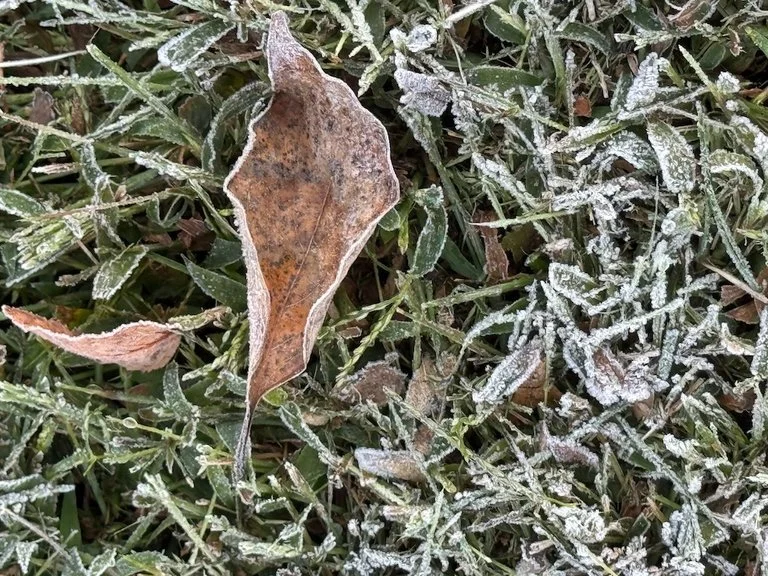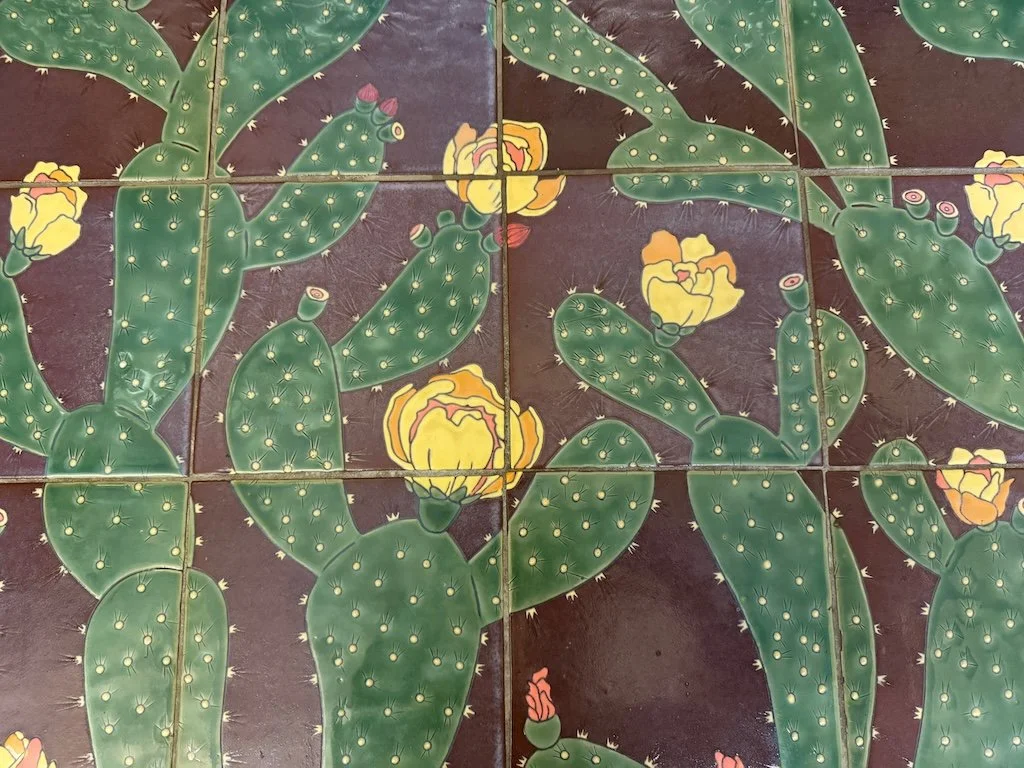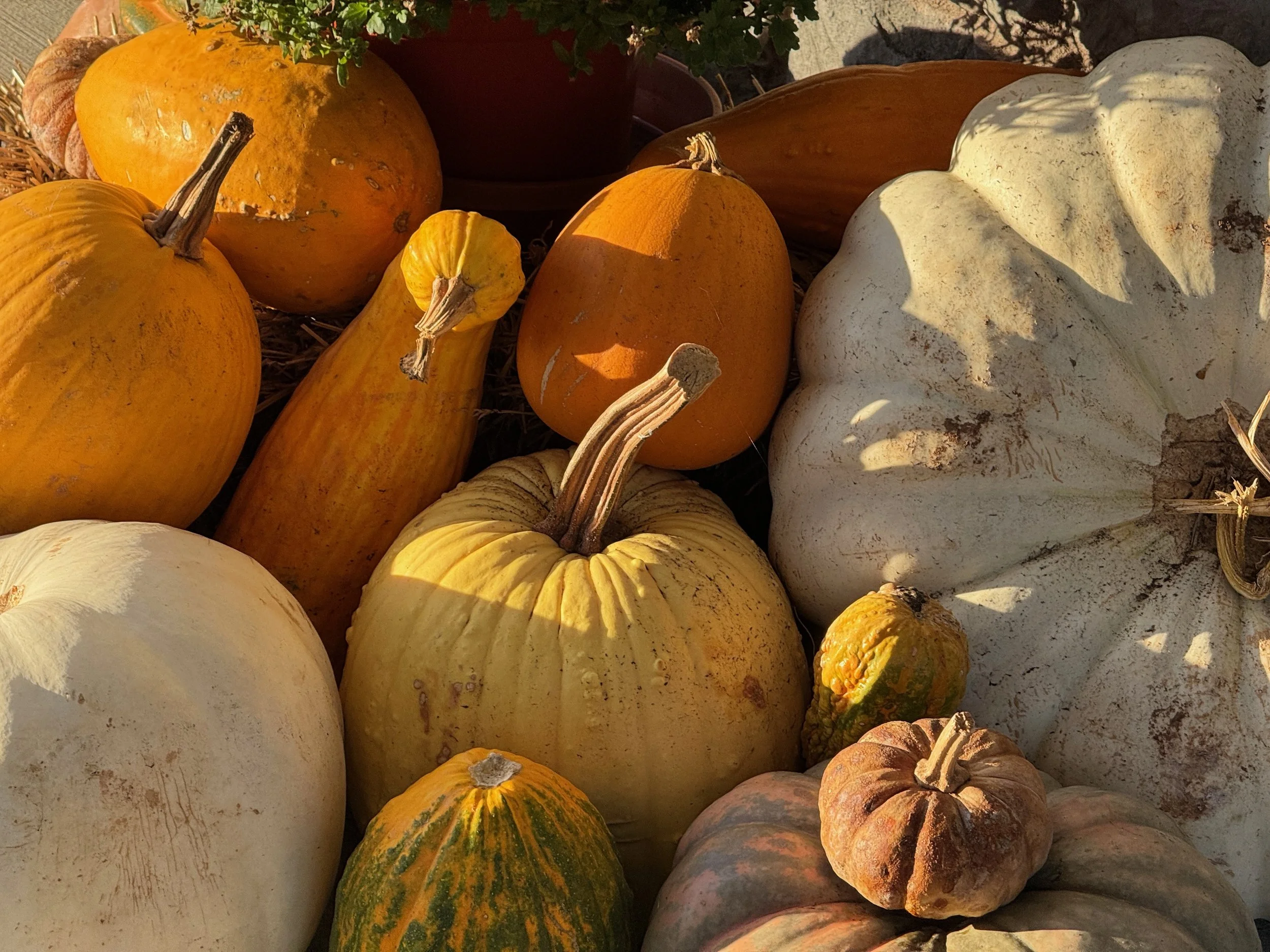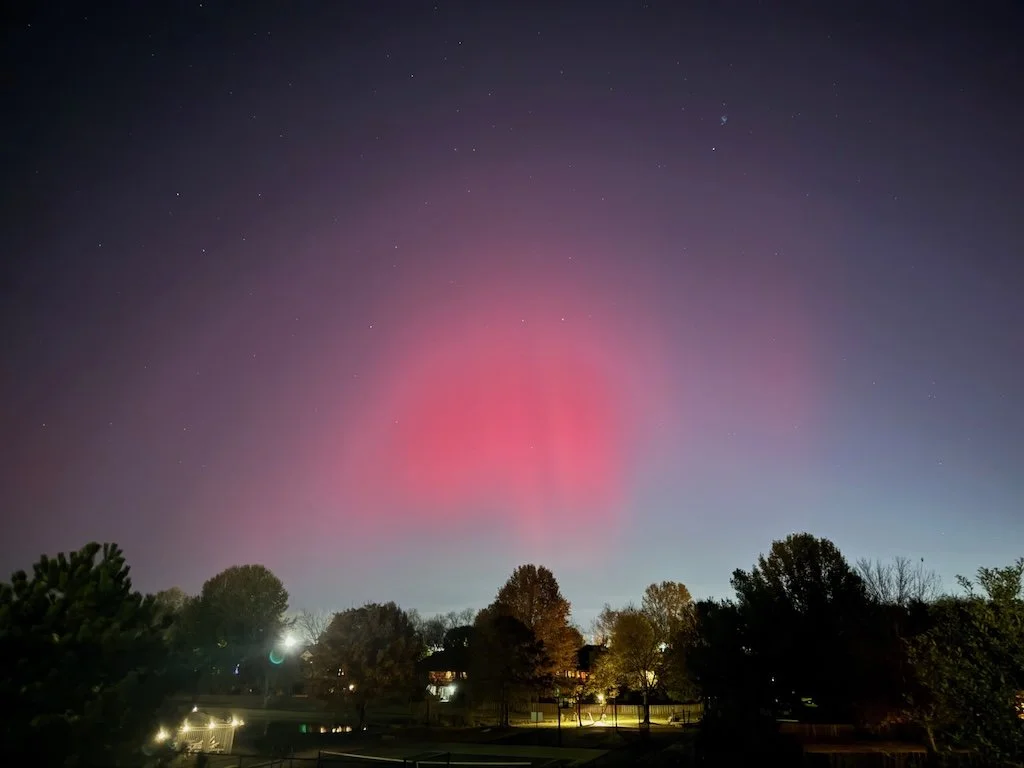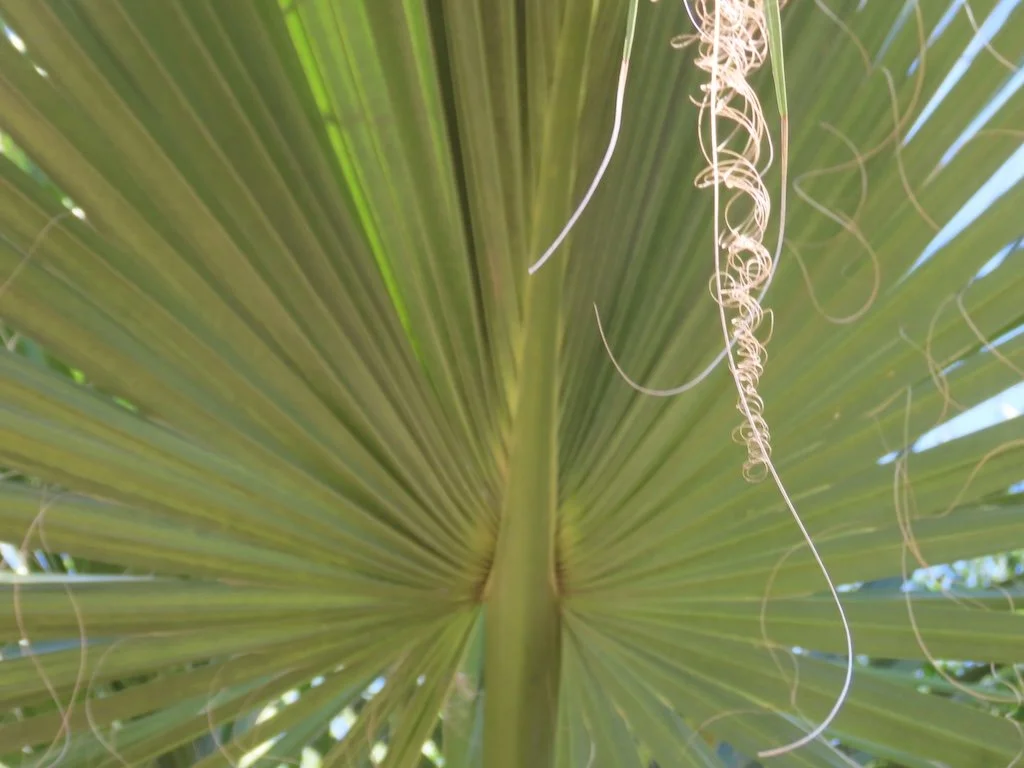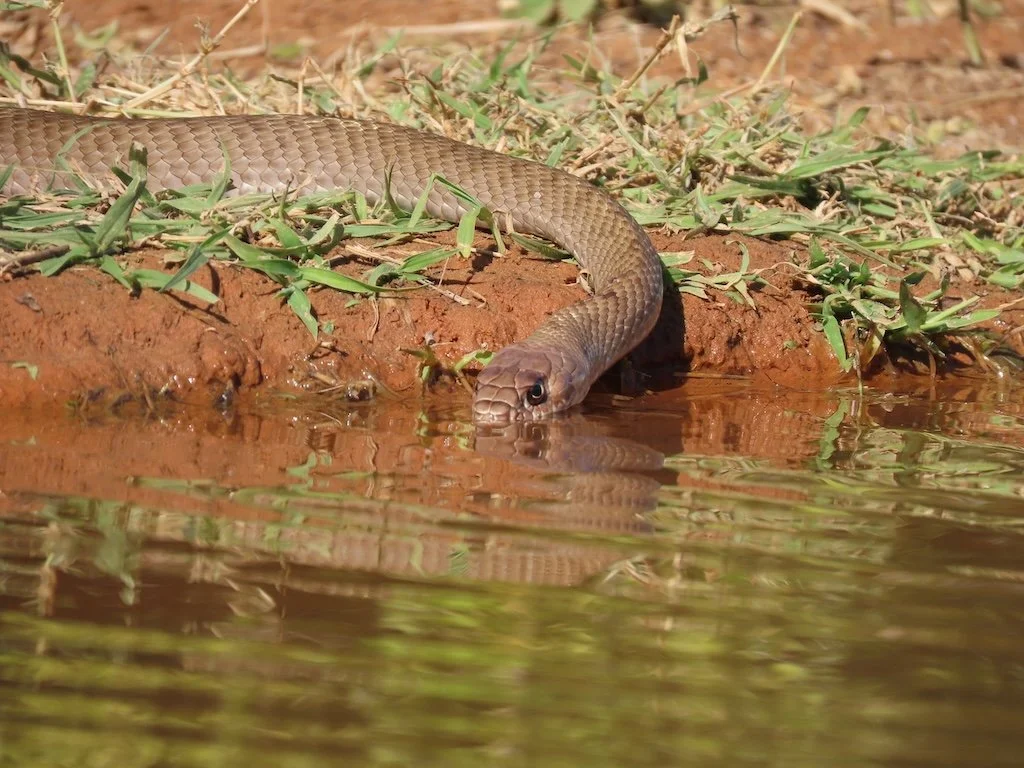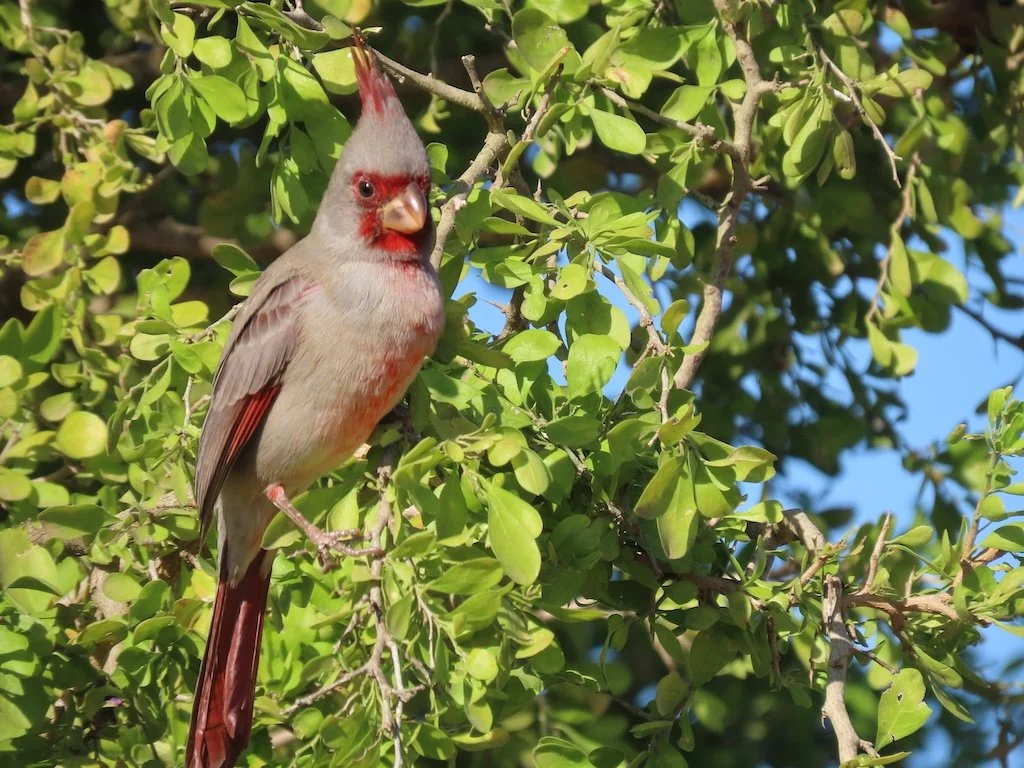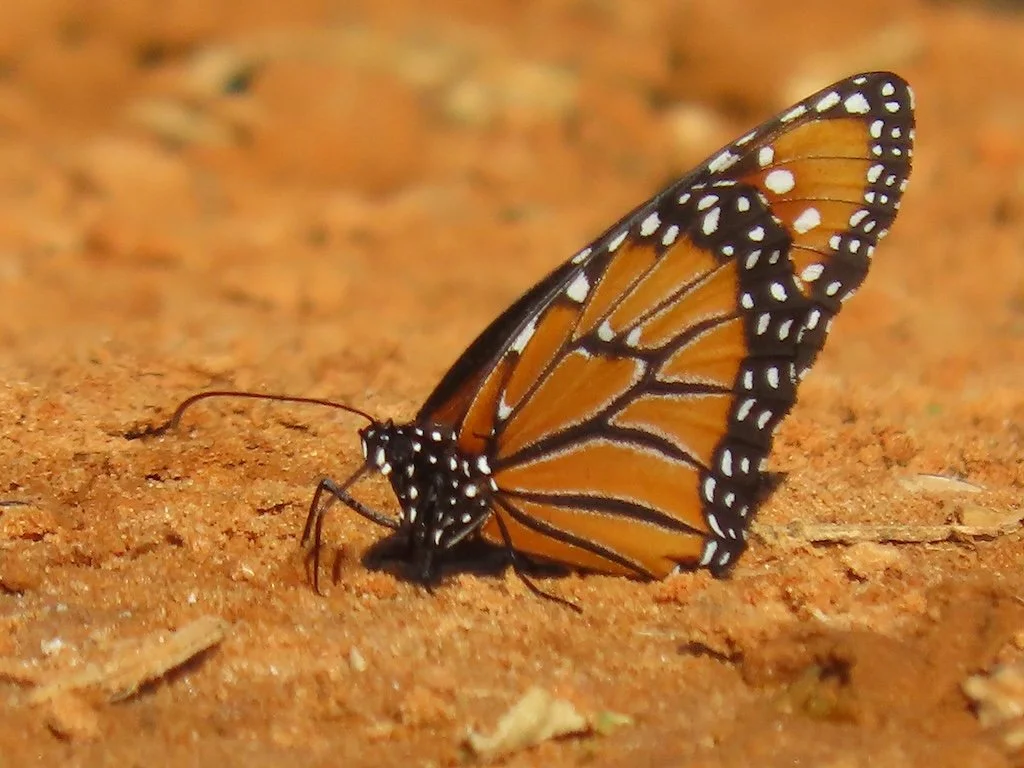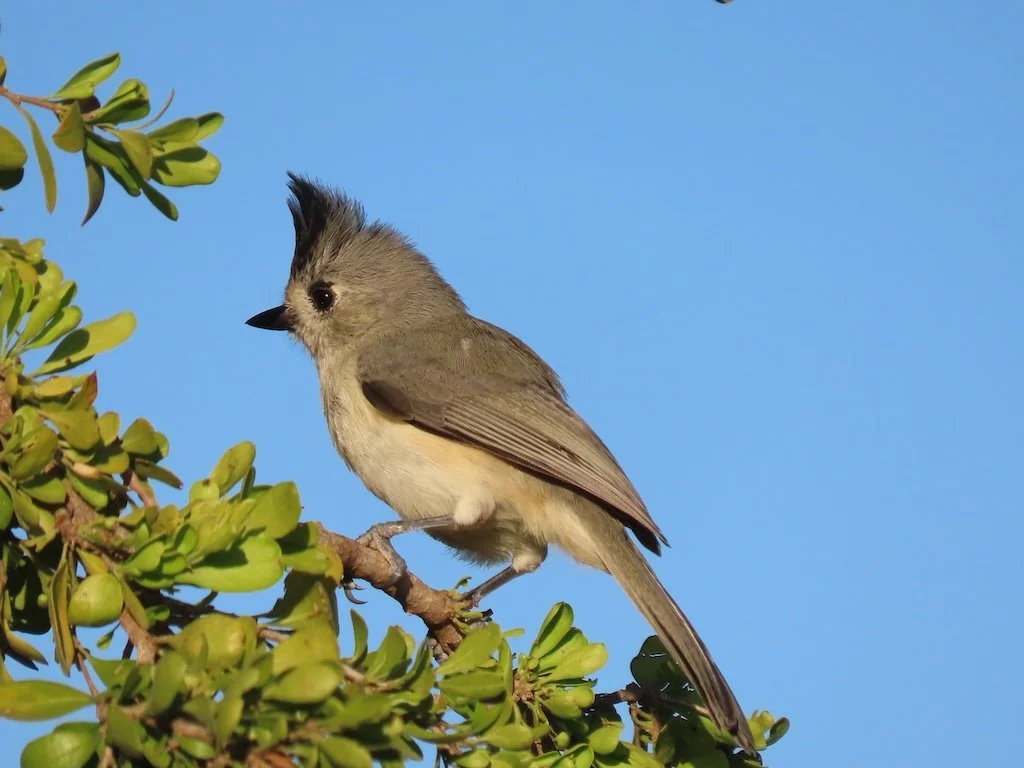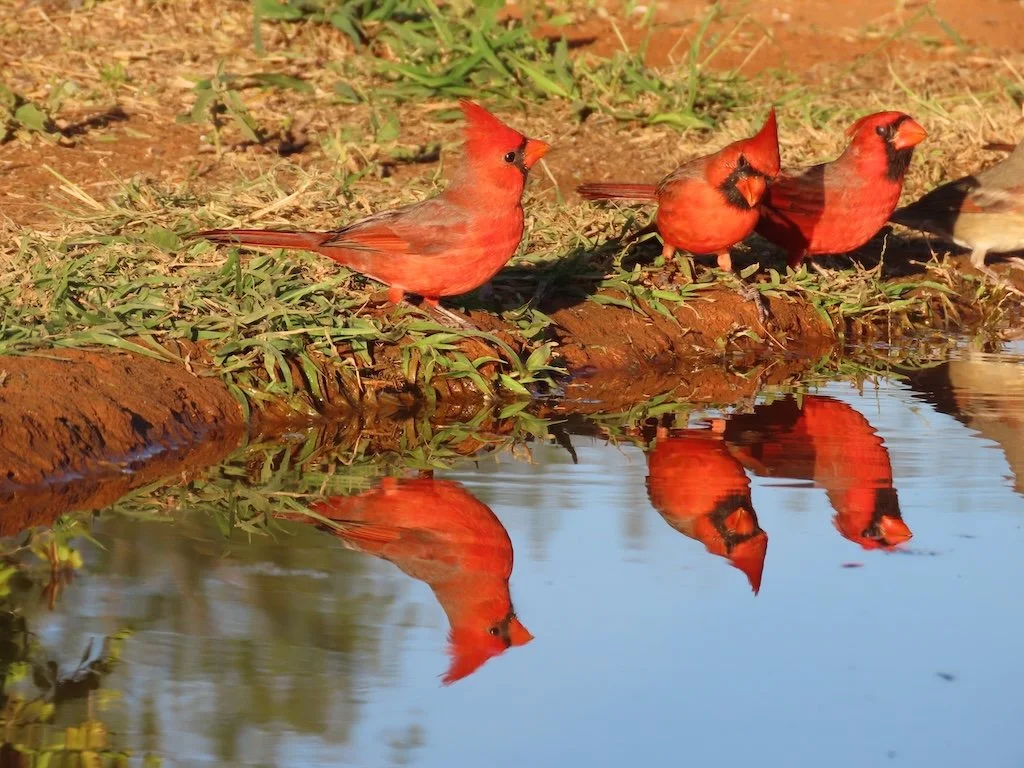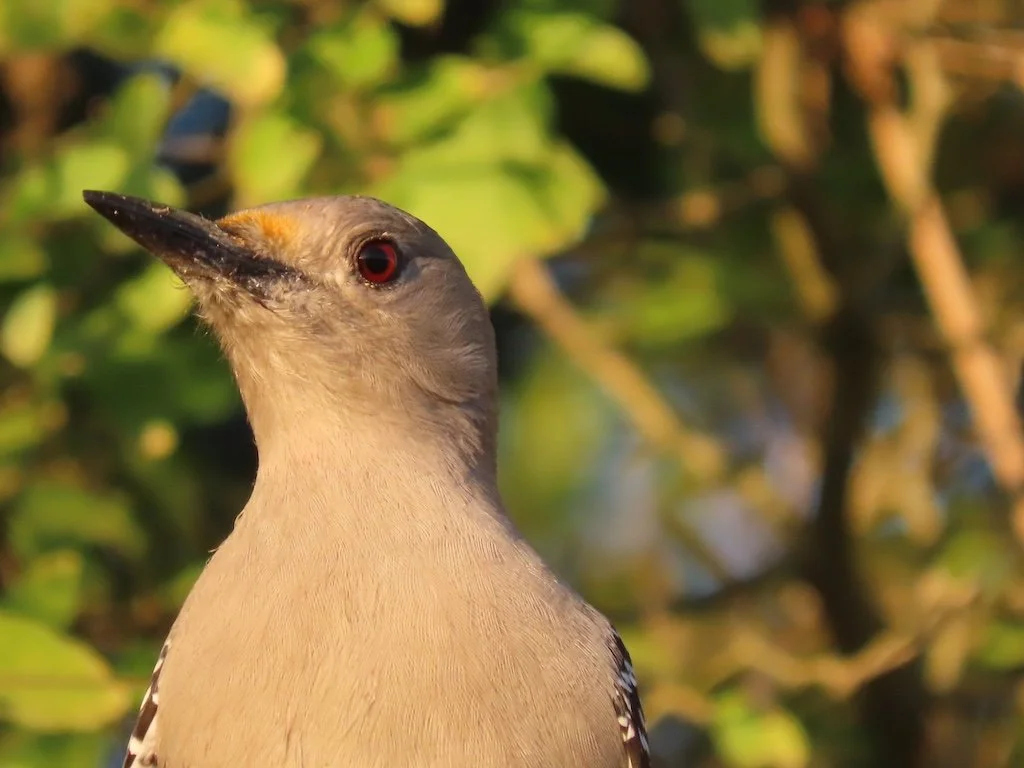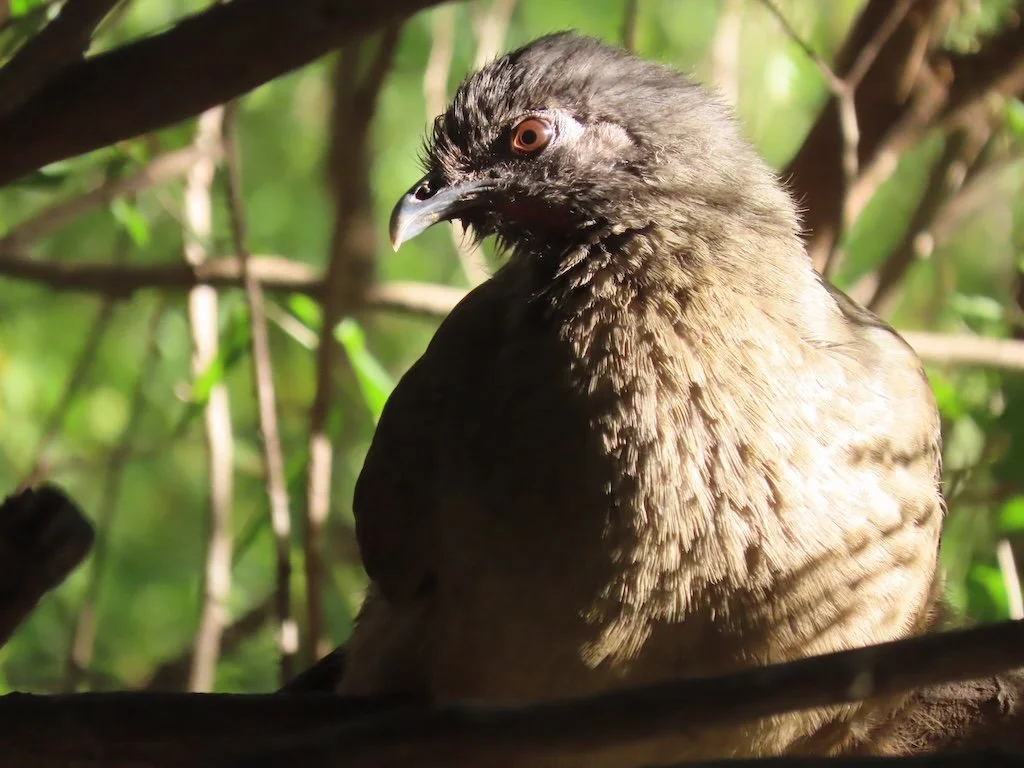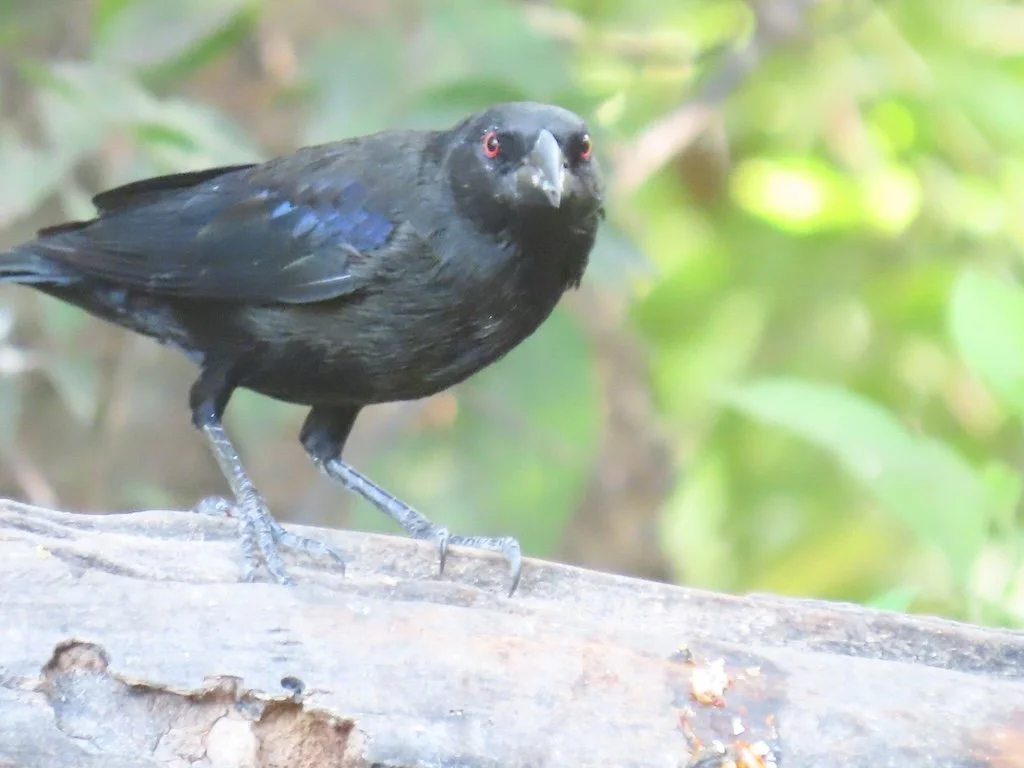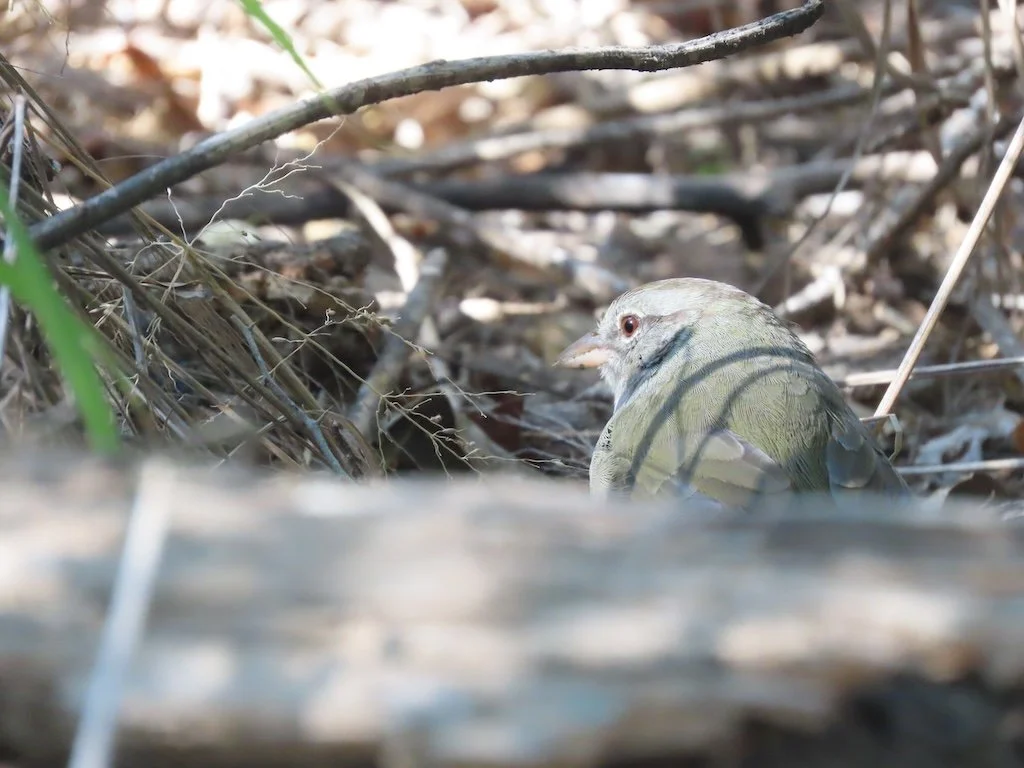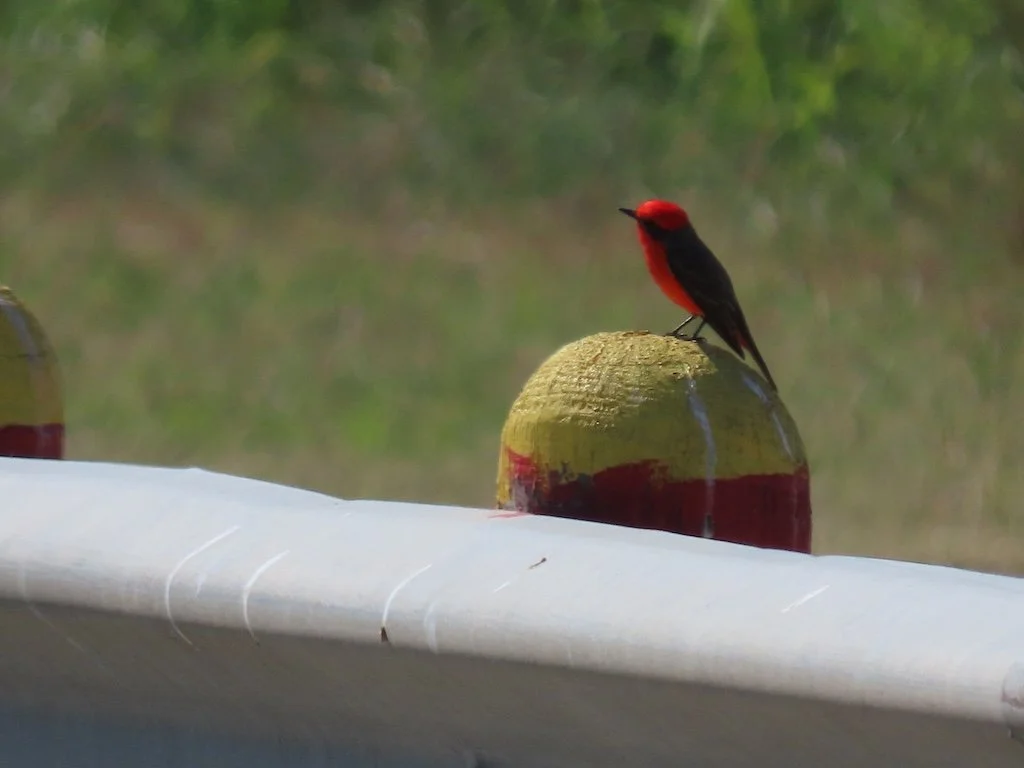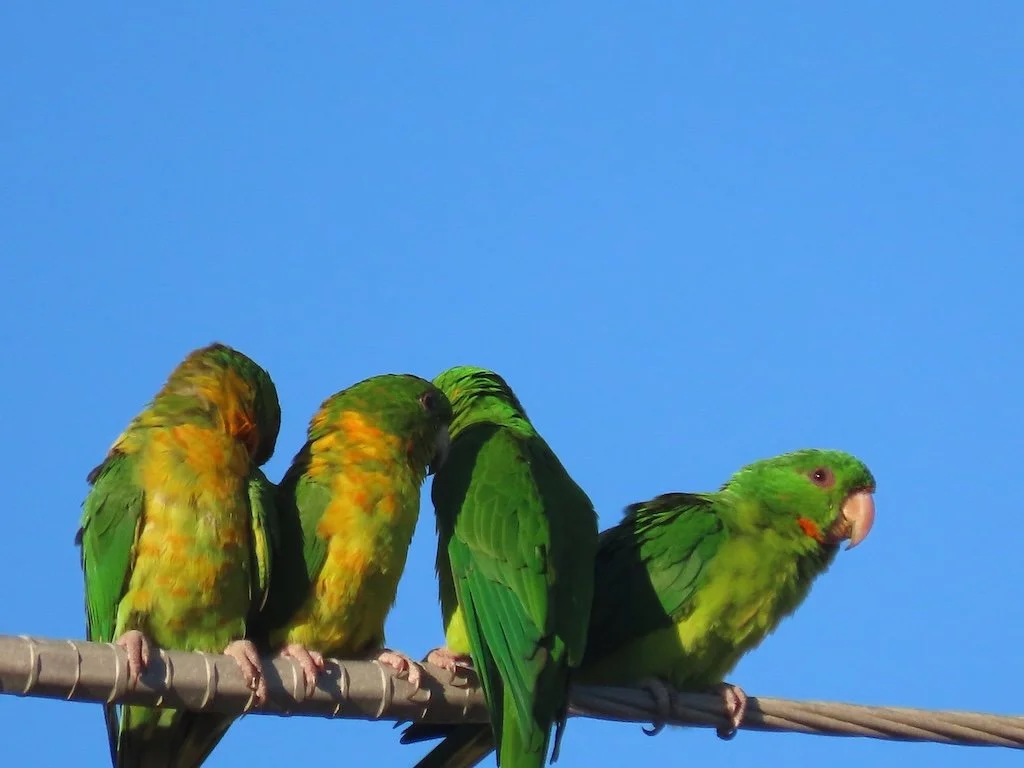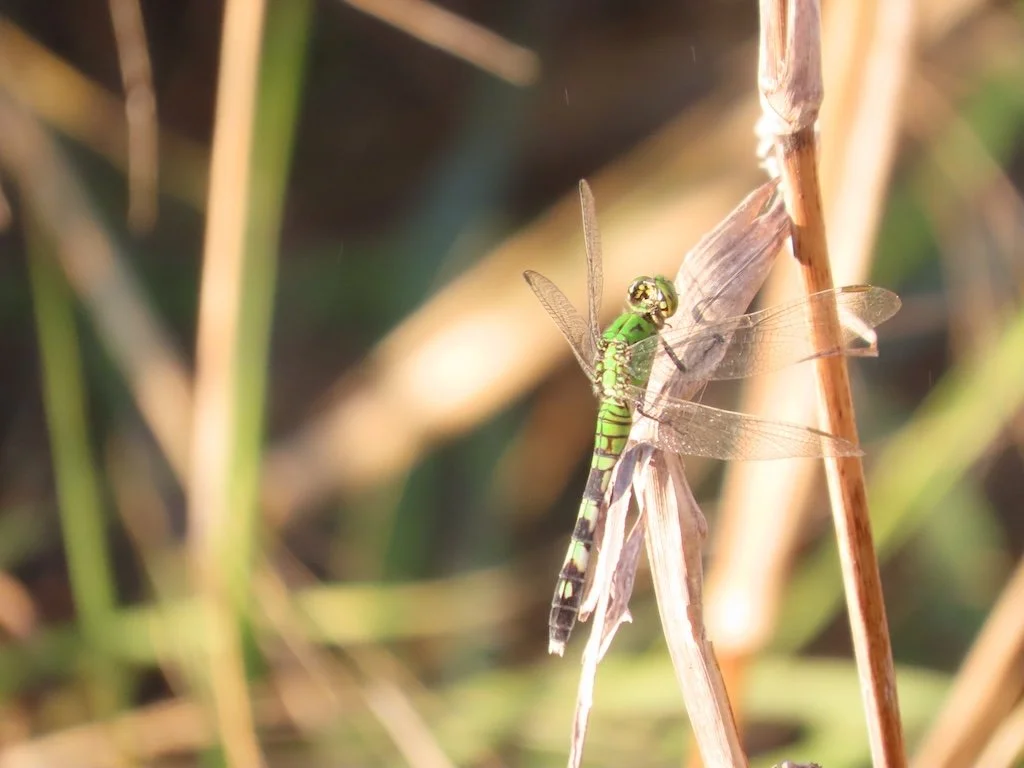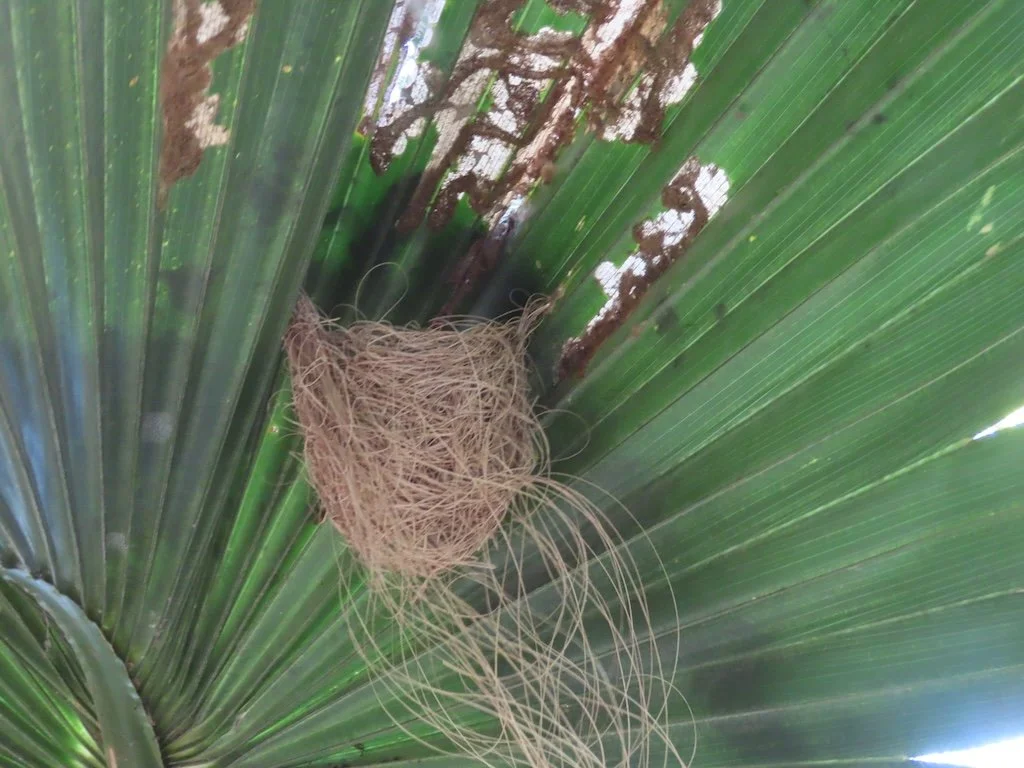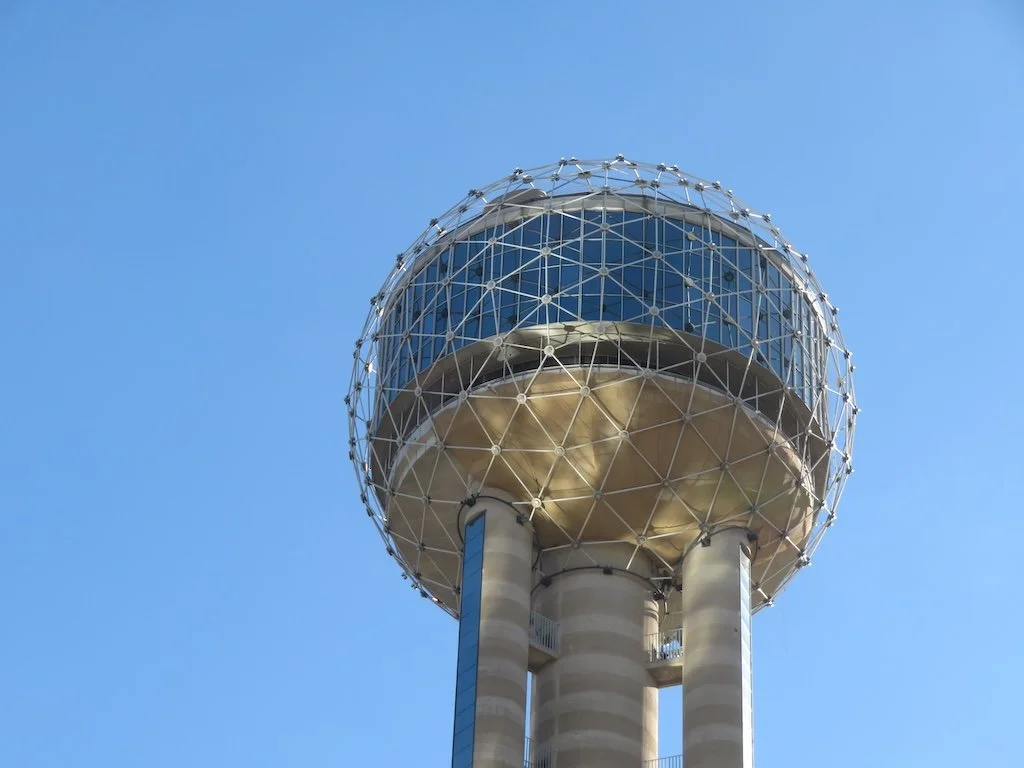eBotanical Prints – October 2025
/Twenty more books were added to my botanical print eBook collection in October – all are available for browsing on Internet Archive. The publication dates span from 1750 (Plantae selectae quarum imagines ad exemplaria naturalia Londini – the second on the list) to 2007 (Benjamin Smith Barton: naturalist and physician in Jeffersonian America…the seventh on the list). There are two series:
Revue bretonne de botanique pure et appliquée from the early 1900s. The volumes were edited by Lucien Daniel, a professor of applied botany at the University of Rennes.
Bothalia, a publication of the National Herbarium at the University of South Africa in Pretoria from the 1920s and 1930s.
My list of eBotanical Prints books now totals 3,223 eBooks I’ve browsed over the years. The whole list can be accessed here.
Click on any sample image from October’s 20 books below to get an enlarged version…and the title hyperlink in the list below the image mosaic to view the entire volume where there are a lot more botanical illustrations to browse.
Enjoy the October 2025 eBotanical Prints
Collection des fleurs et des fruits, peints d'après nature * Prevost, Jean Louis, The Younger * sample image * 1805
Plantae selectae quarum imagines ad exemplaria naturalia Londini * Ehret, Georg Dionysius; Haid, Johann Jacob; Trew, Christoph Jacob * sample image * 1750
Revue bretonne de botanique pure et appliquée no. 1-2 * Daniel, Lucien * sample image * 1906
Revue bretonne de botanique pure et appliquée no.5-6 * Daniel, Lucien * sample image * 1910
Revue bretonne de botanique pure et appliquée no.7-8 * Daniel, Lucien * sample image * 1912
Botanicum medicinale : an herbal of medicinal plants on the College of Physicians list * Sheldrake, Timothy et al * sample image * 1768
Benjamin Smith Barton :naturalist and physician in Jeffersonian America * Crosby, Marshall R.; Duggan, Eileen P.; Ewan, Nesta; Hollowell, Victoria C. * sample image * 2007
Revisión de las especies de Paspalum para América del Sur austral * Zuloaga, Fernando O.; Morrone, Osvaldo * sample image * 2005
Botanical illustration * King, Ronald * sample image * 1978
An album of Chinese flora * Chinese School * sample image * 1800
Collection of fruit bearing plants executed by one or more Chinese artists for Dr. Thomas Ward * Chinese School * sample image * 1828
The culture of the Central American rubber tree: botanical investigations and experiments * Cook, Orator Fuller * sample image * 1903
The Chayote: a tropical fruit * Cook, Orator Fuller * sample image * 1901
Bothalia - V1 * National Herbarium, University of South Africa, Pretoria * sample image * 1924
Bothalia - V2 * National Herbarium, University of South Africa, Pretoria * sample image * 1928
Bothalia - V3 Part 1 * National Herbarium, University of South Africa, Pretoria * sample image * 1930
Bothalia - V3 Part 2 * National Herbarium, University of South Africa, Pretoria * sample image * 1937
Bothalia - V3 Part 3 * National Herbarium, University of South Africa, Pretoria * sample image * 1938
Bothalia - V3 Part 4 * National Herbarium, University of South Africa, Pretoria * sample image * 1939
Bothalia - V4 Part 1 * National Herbarium, University of South Africa, Pretoria * sample image * 1941






















